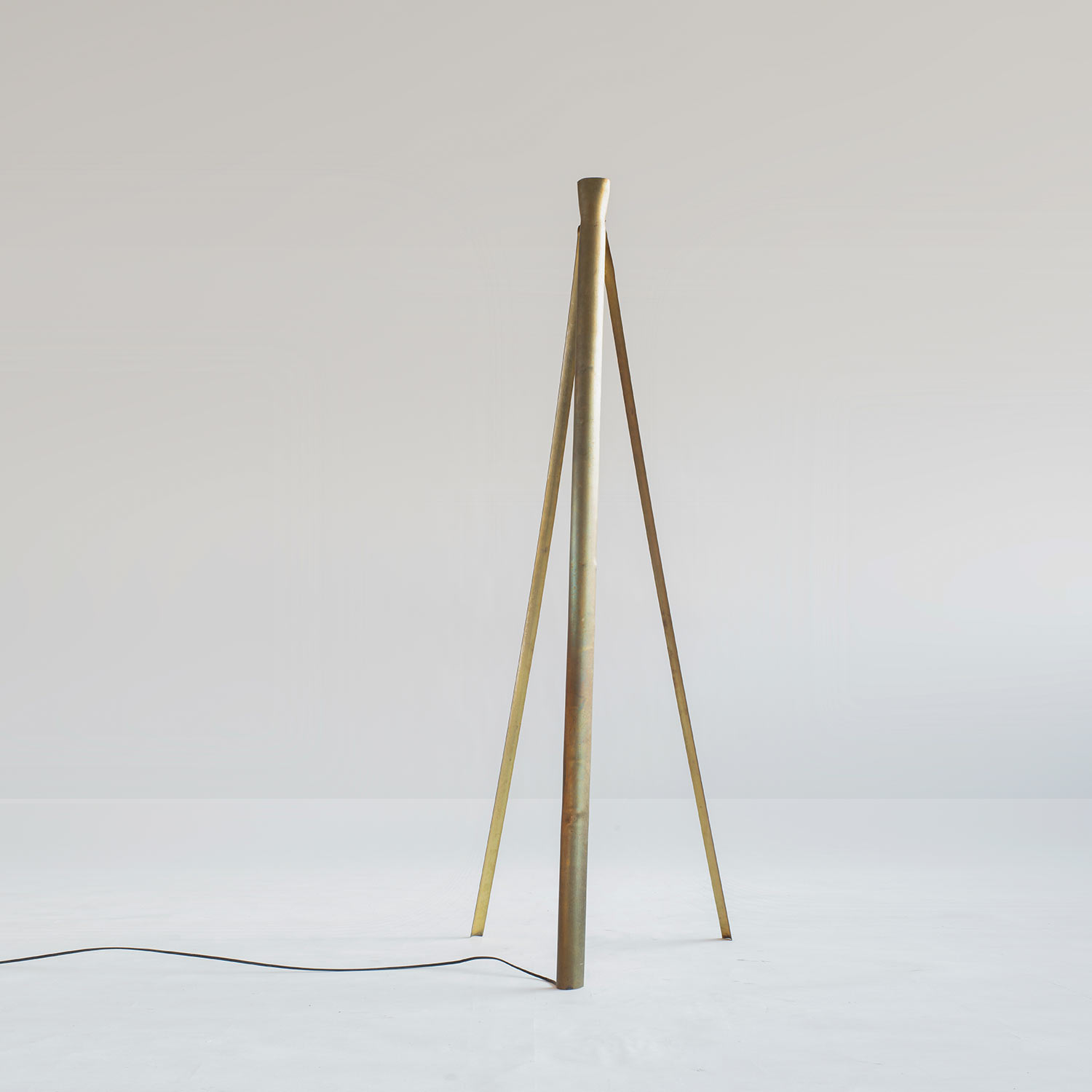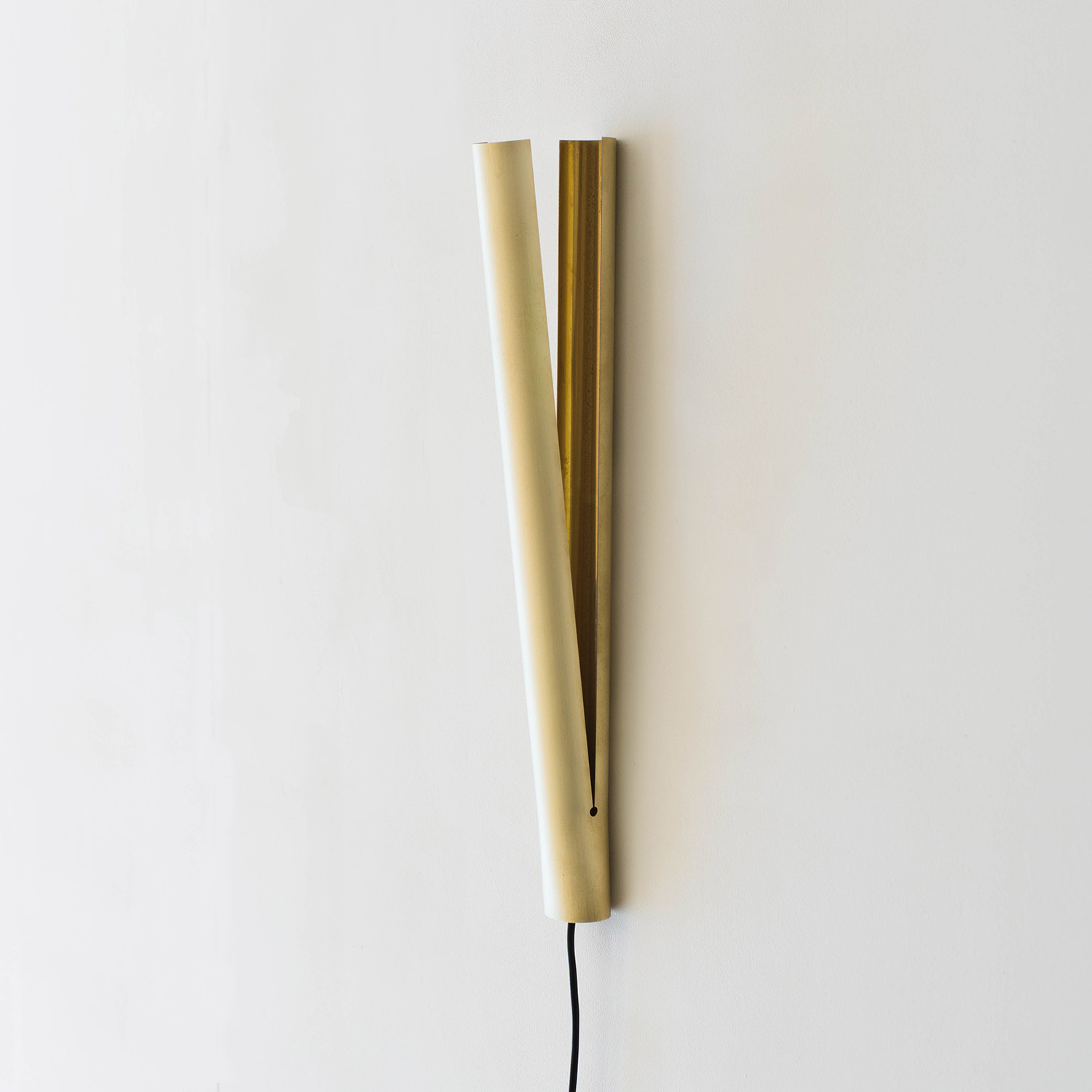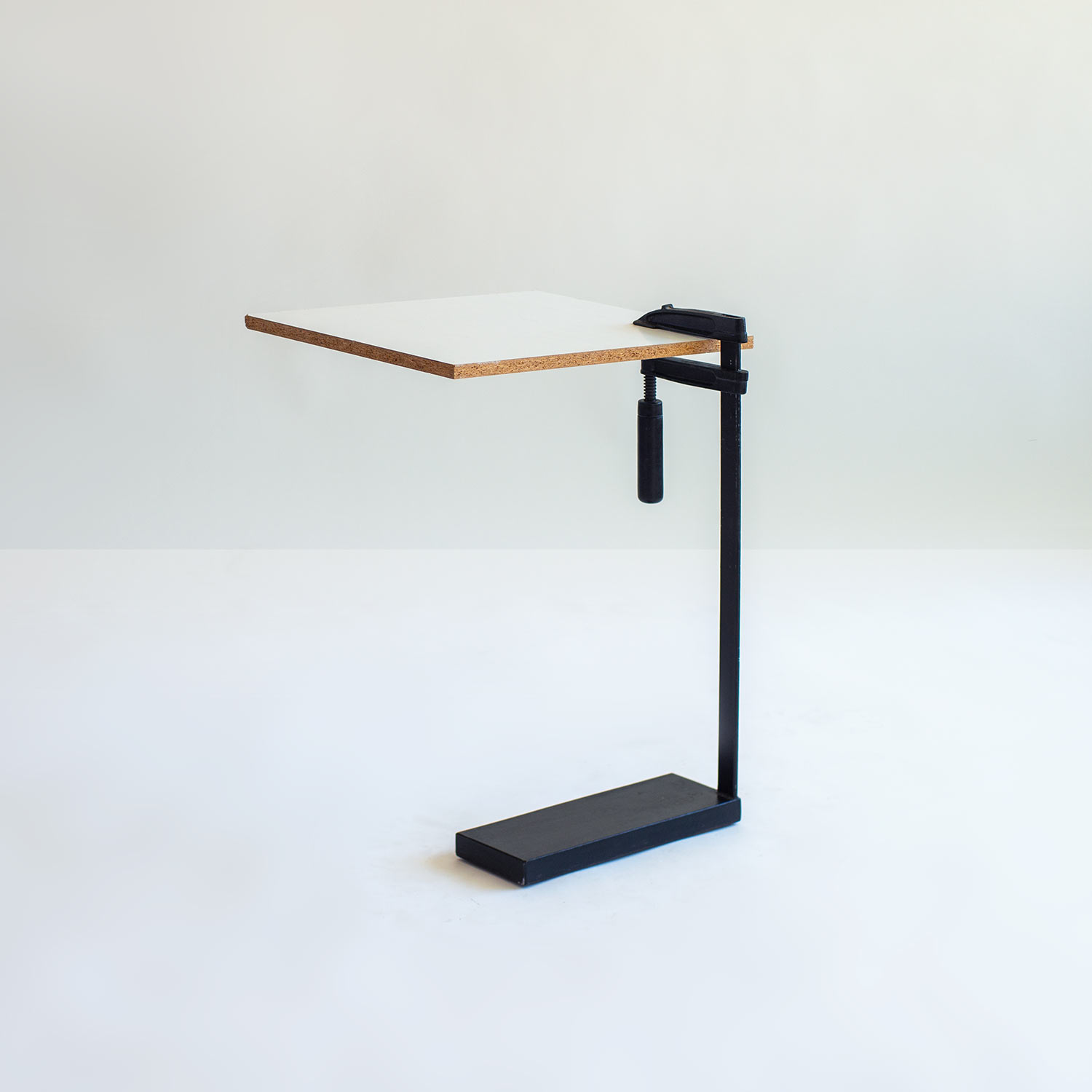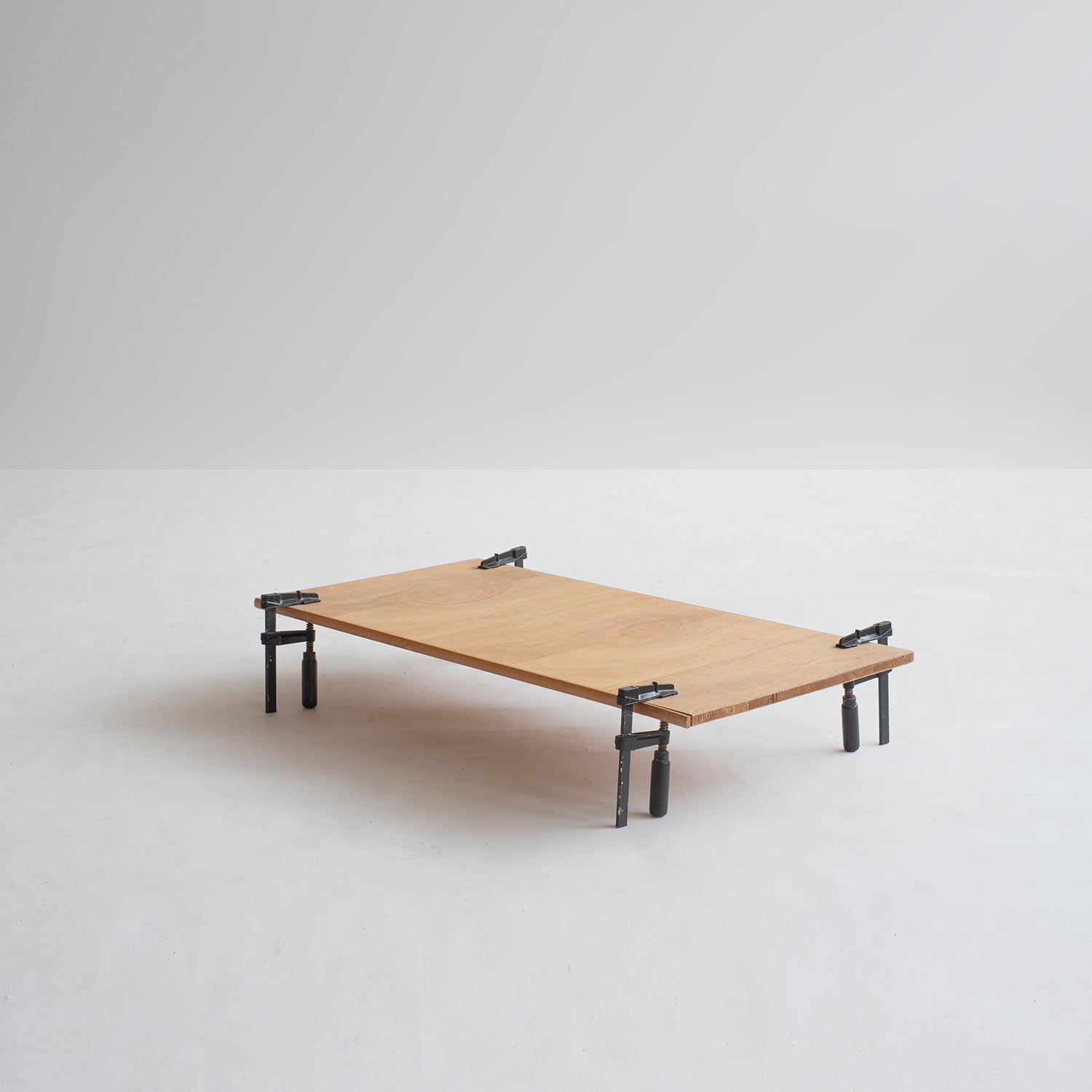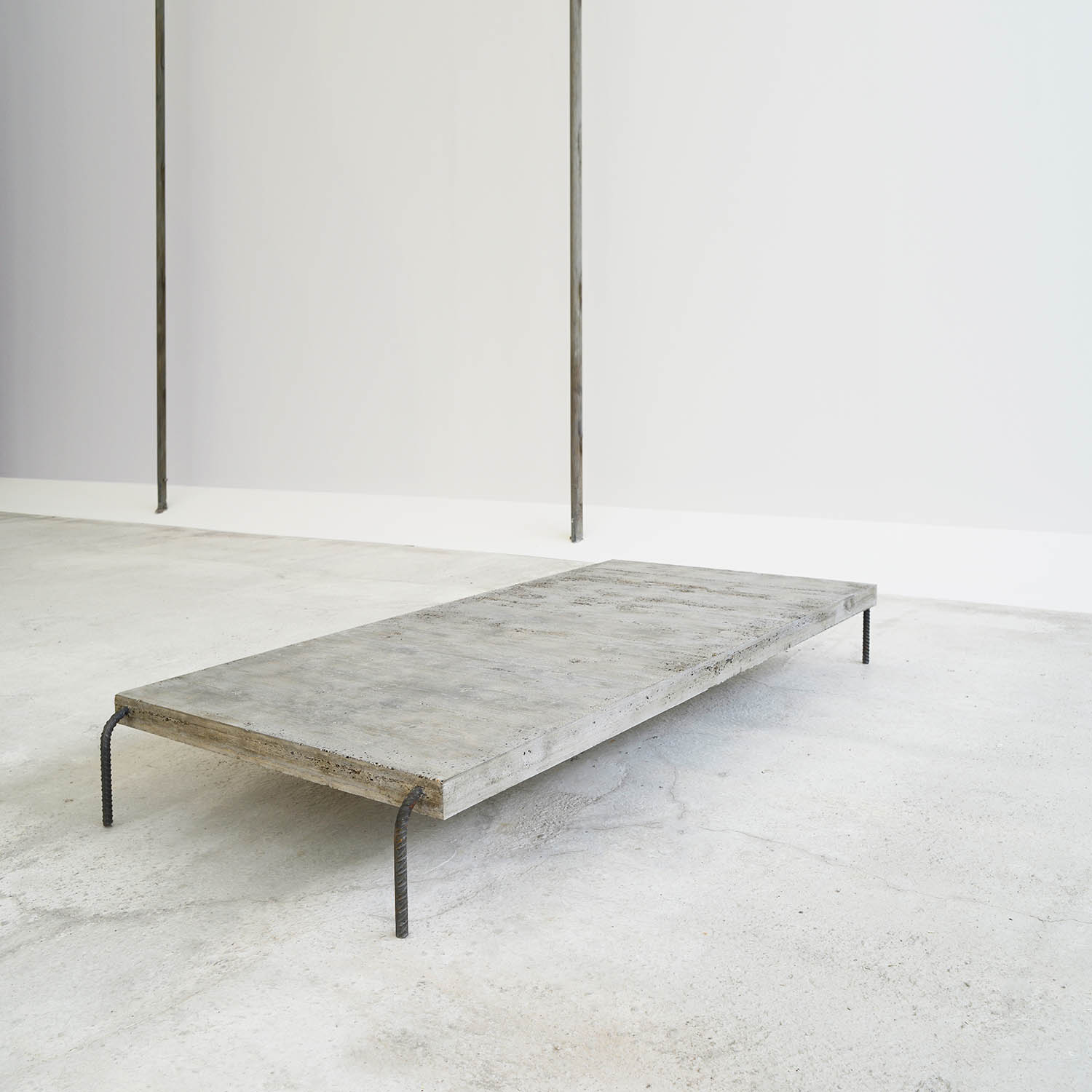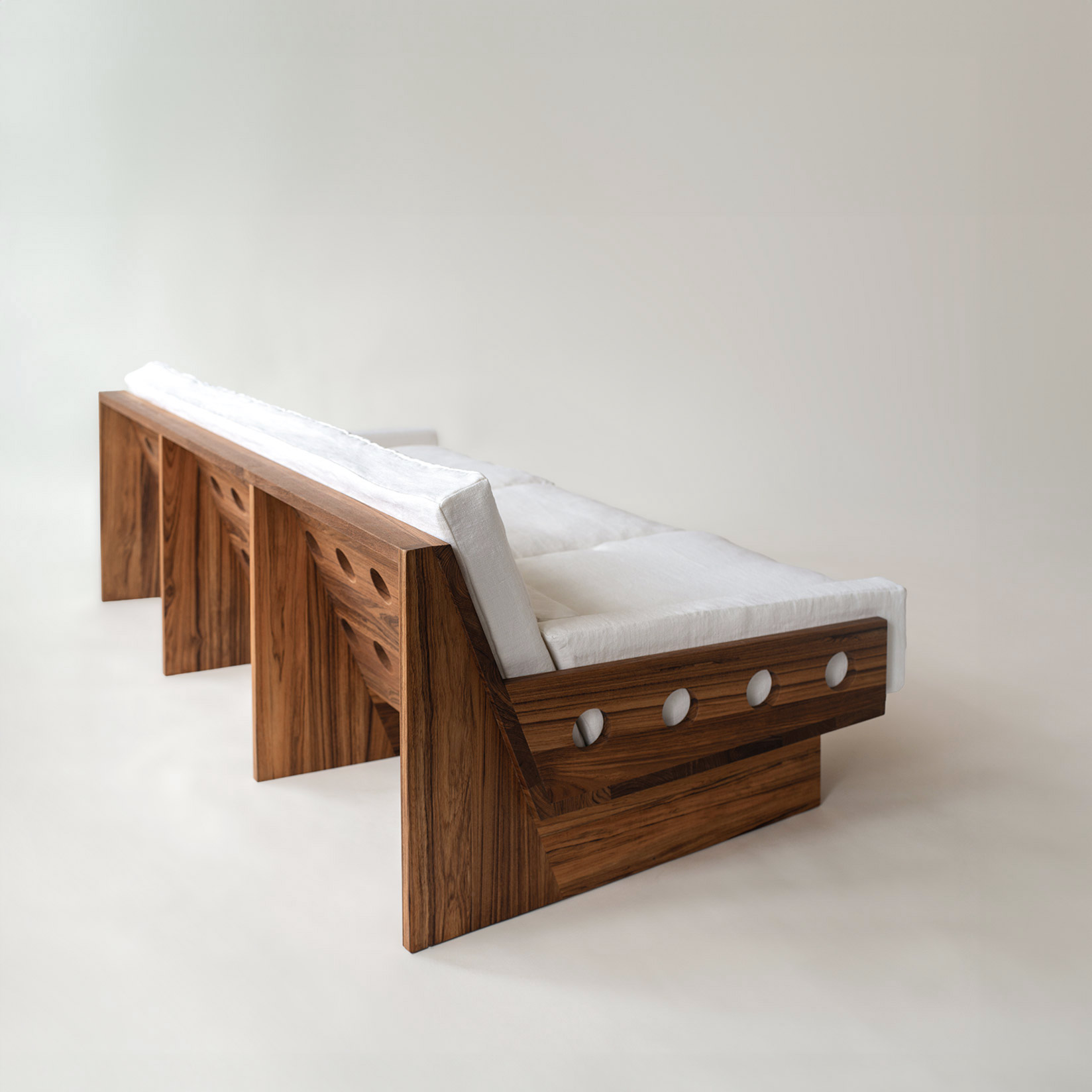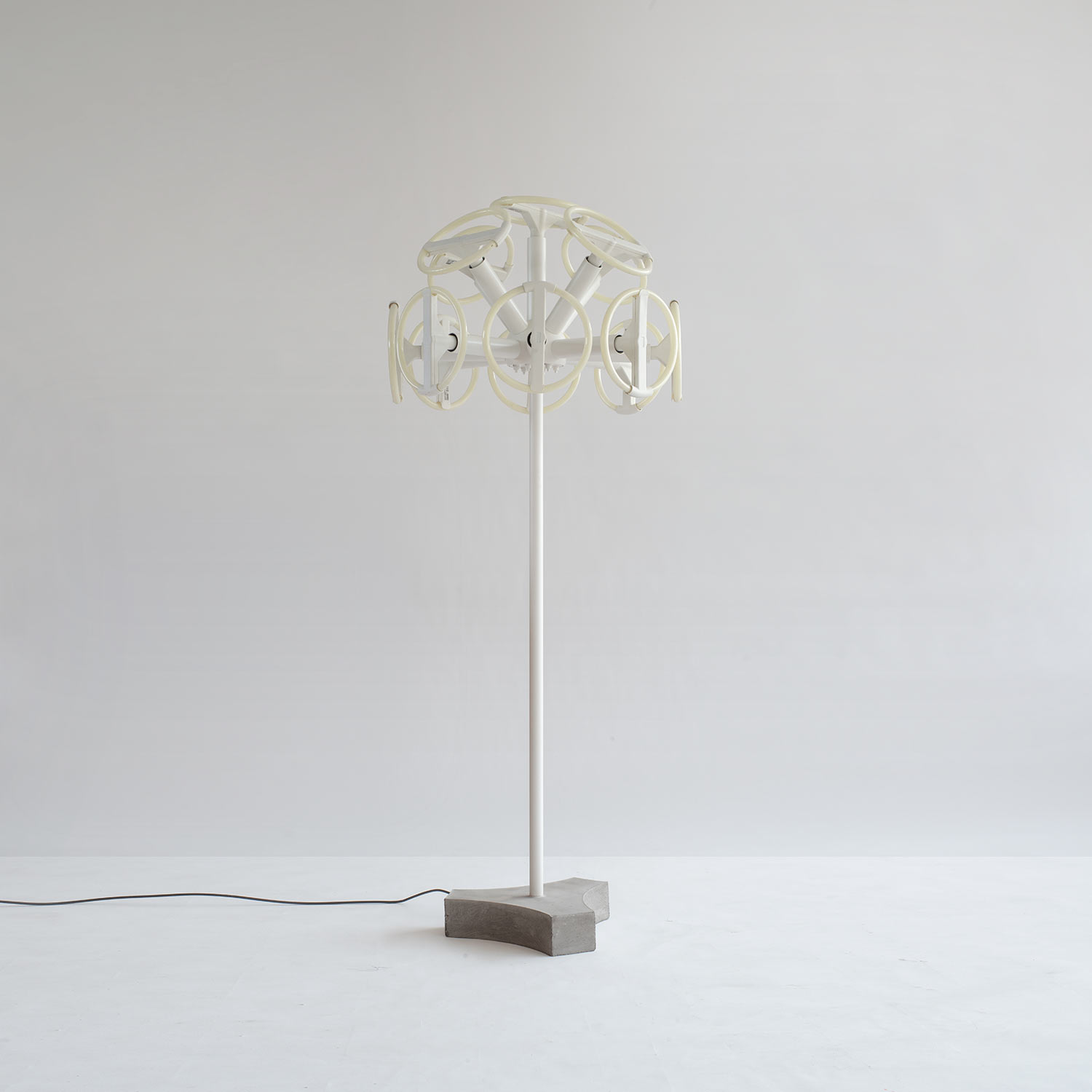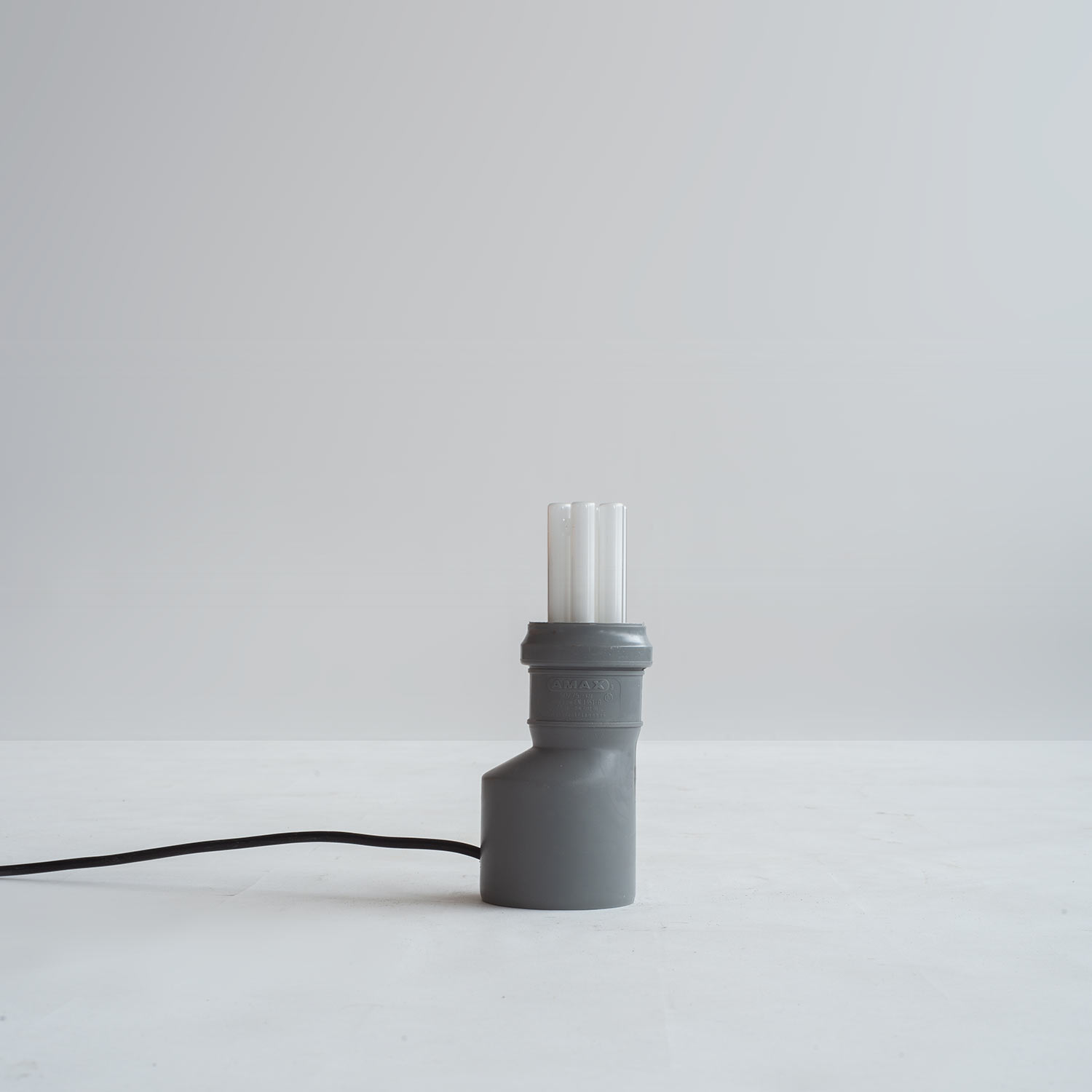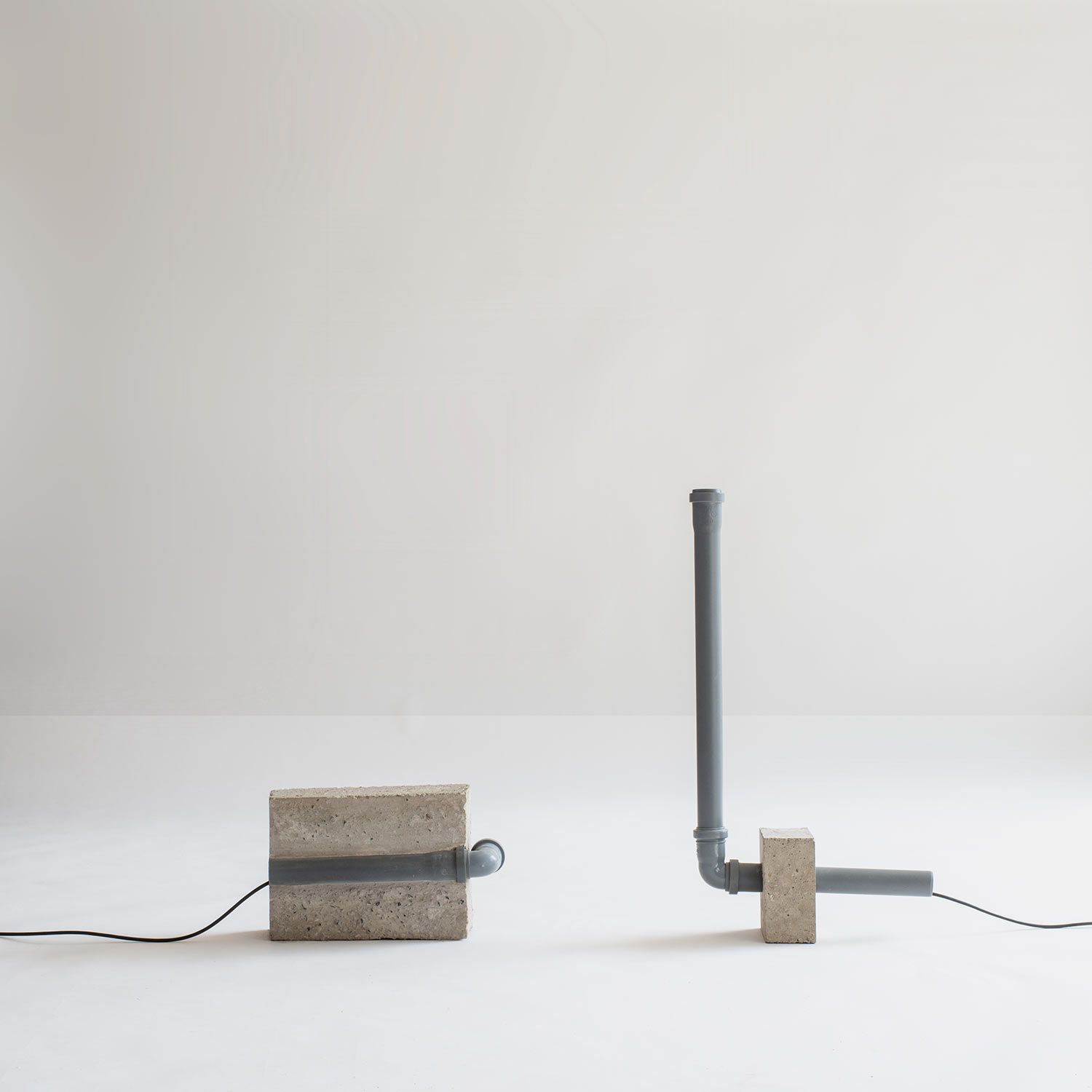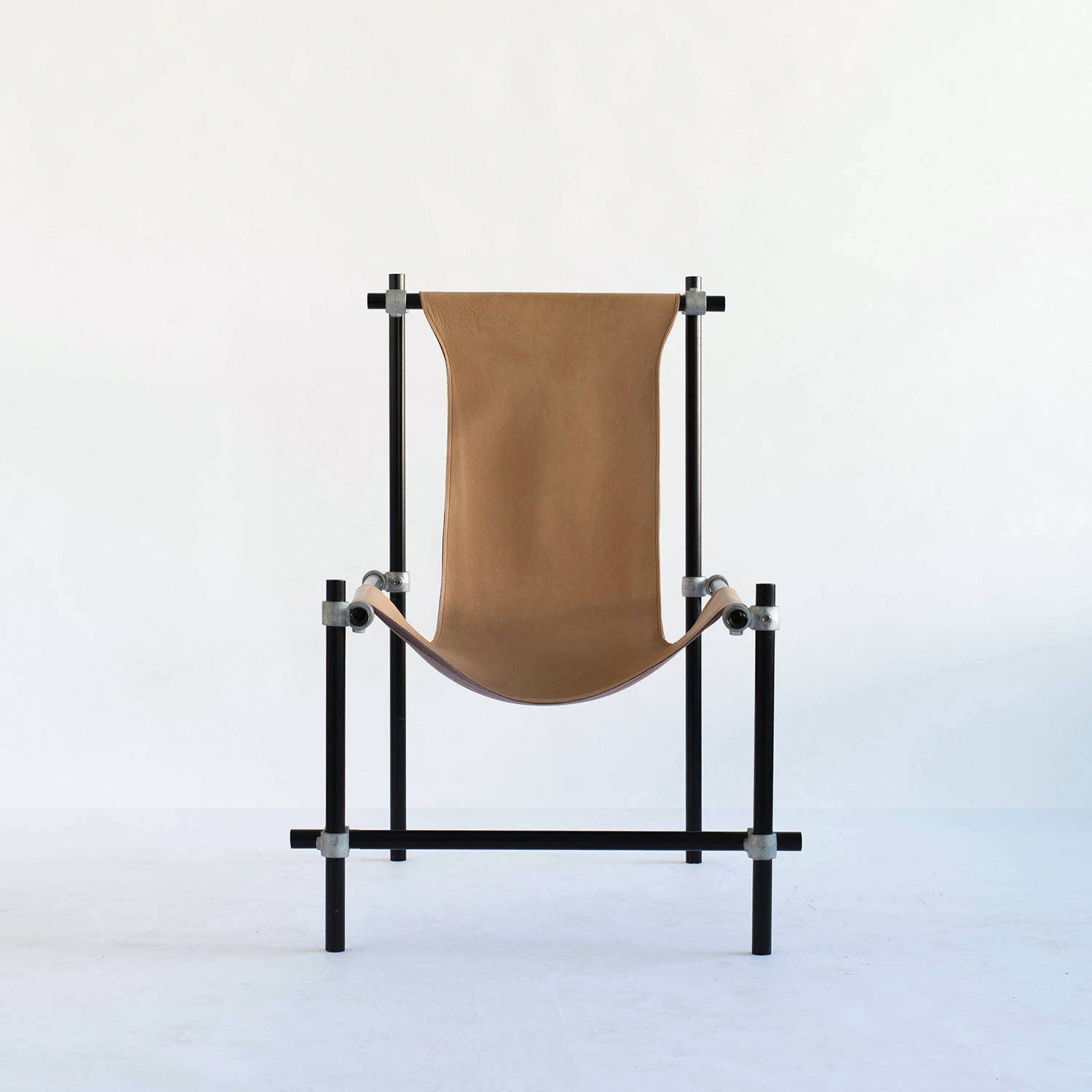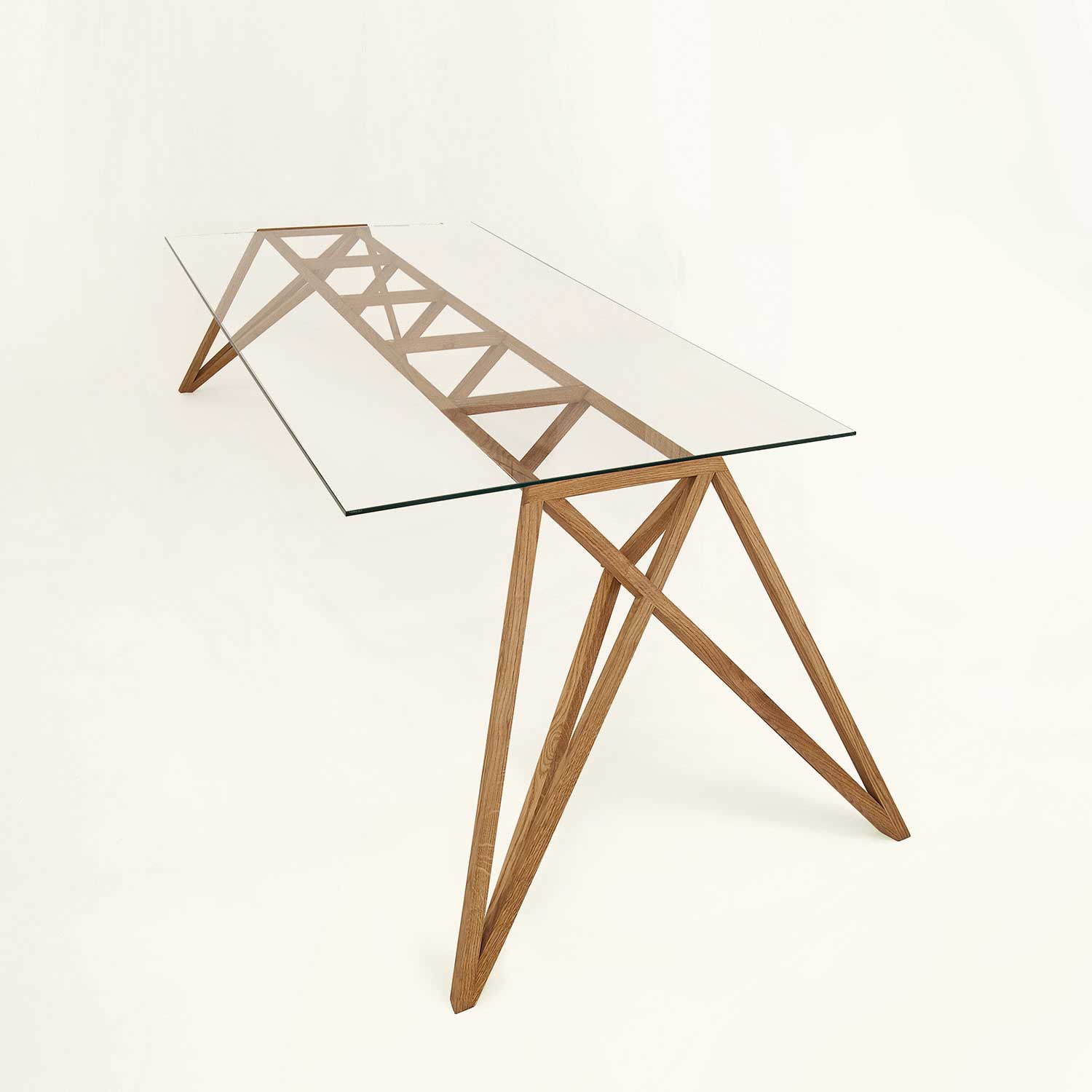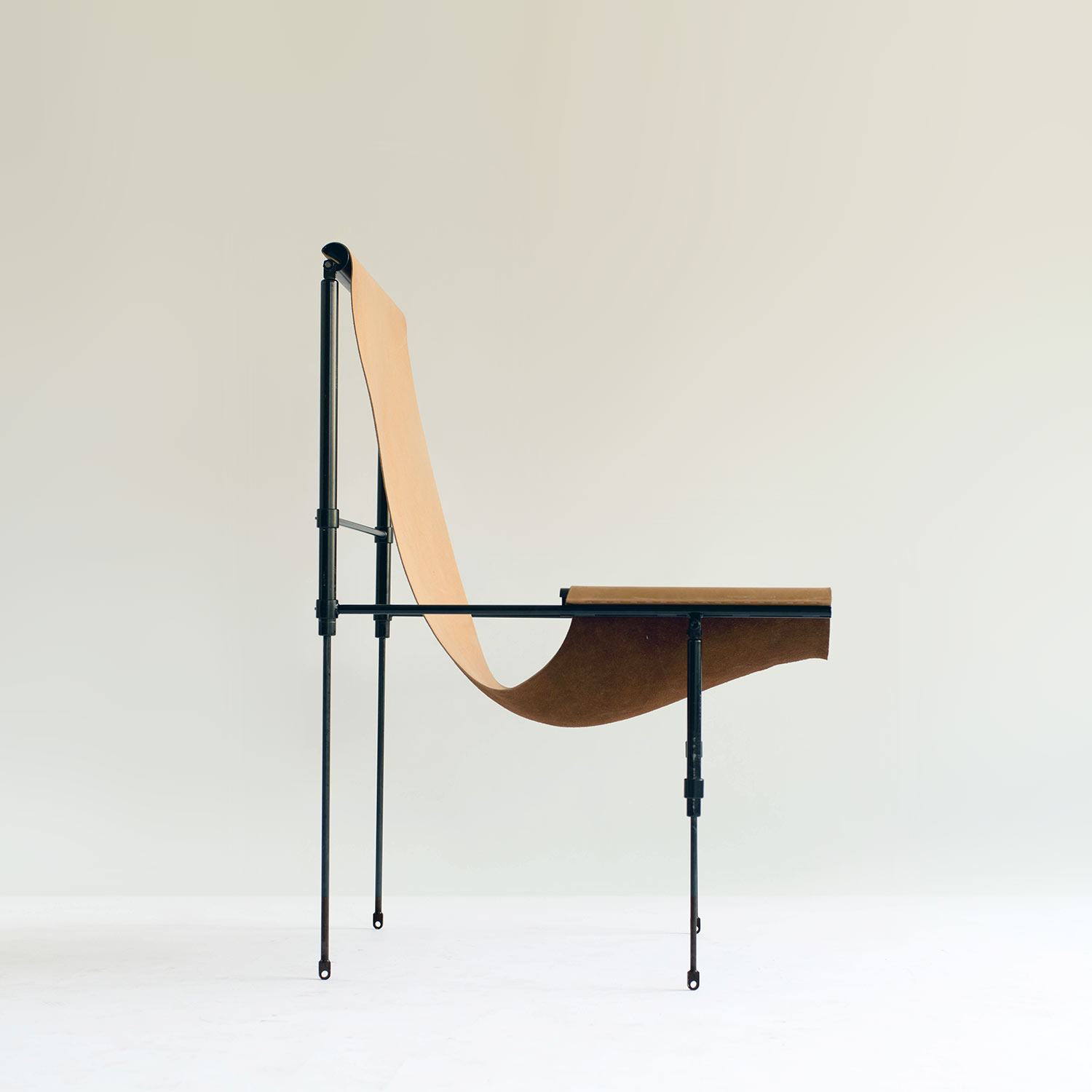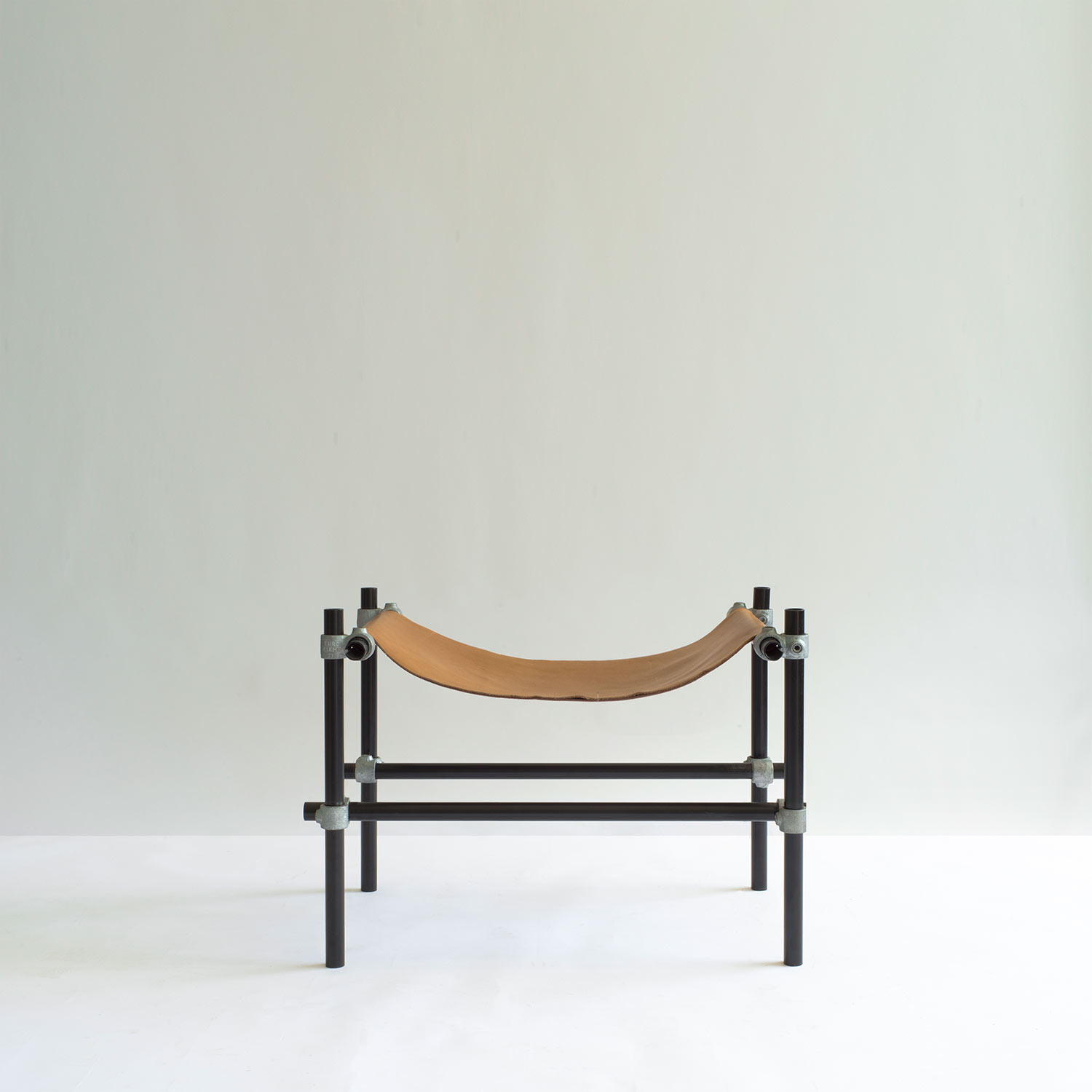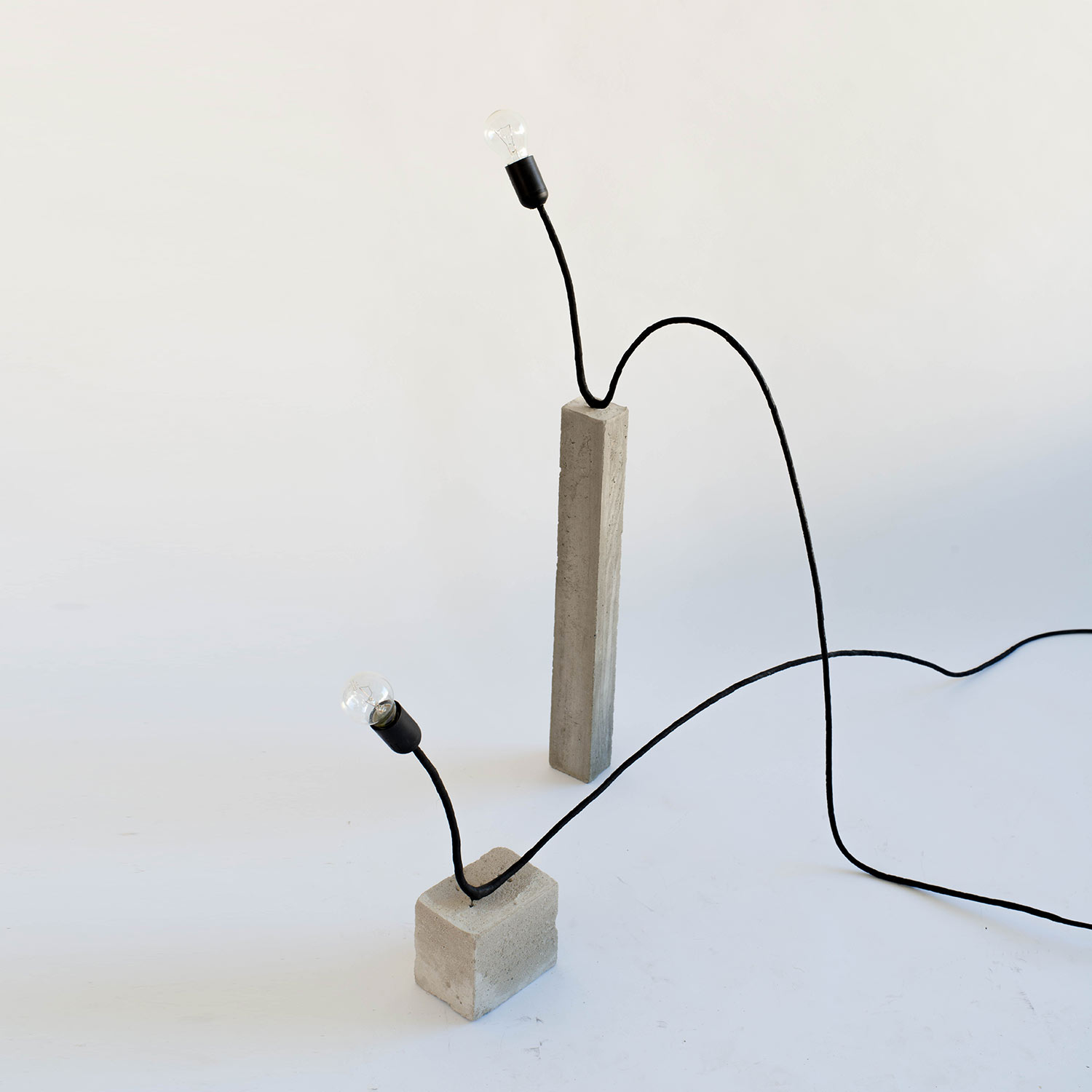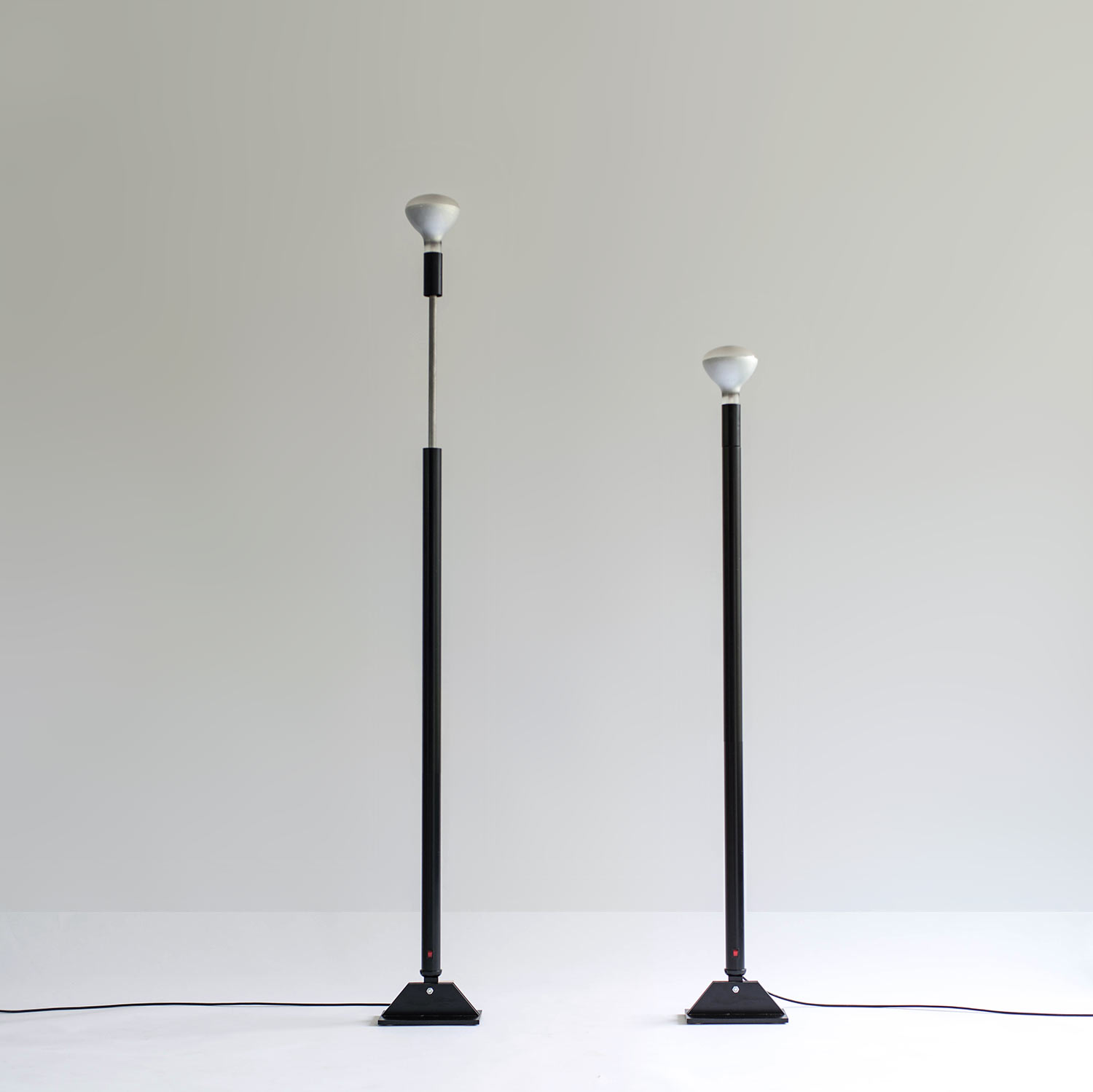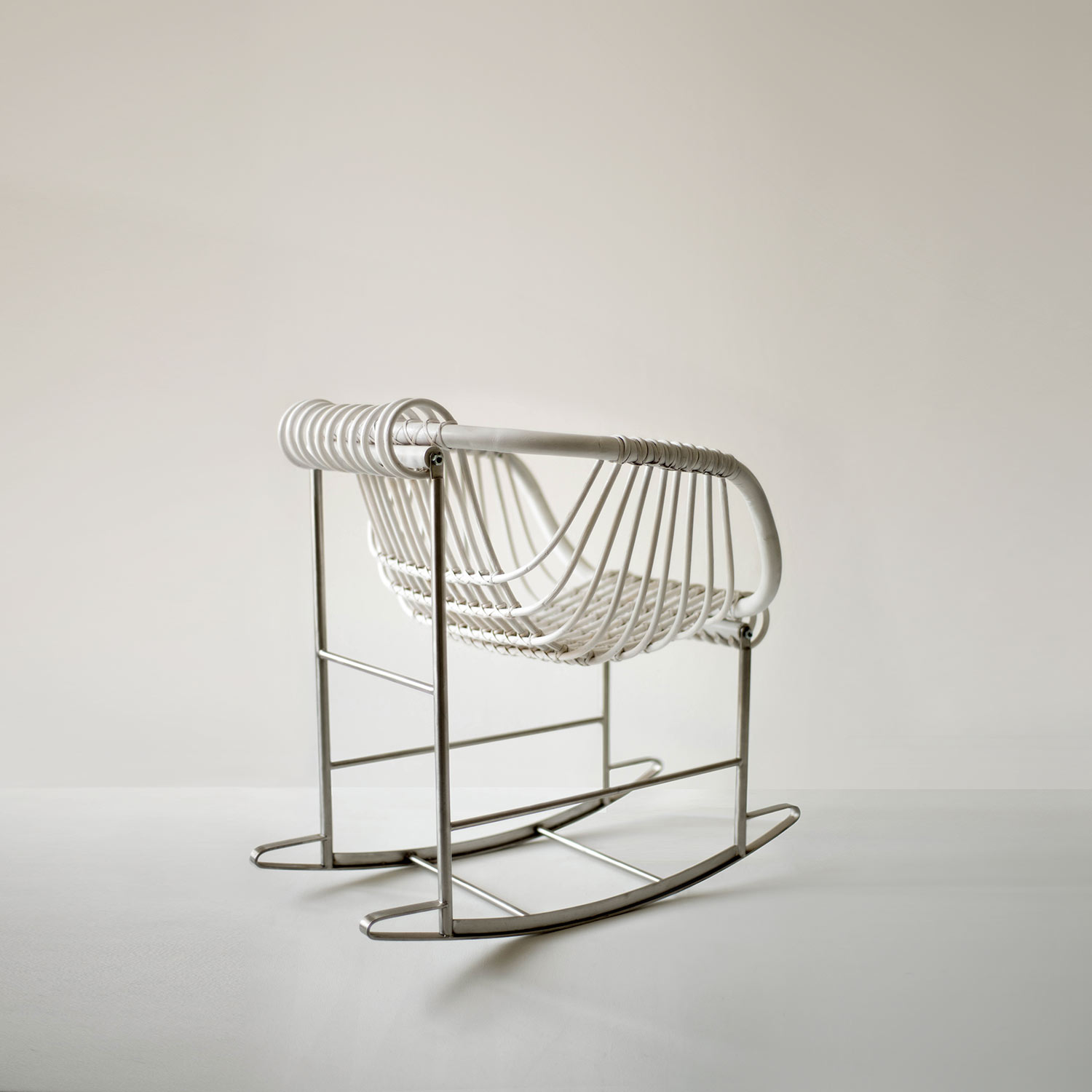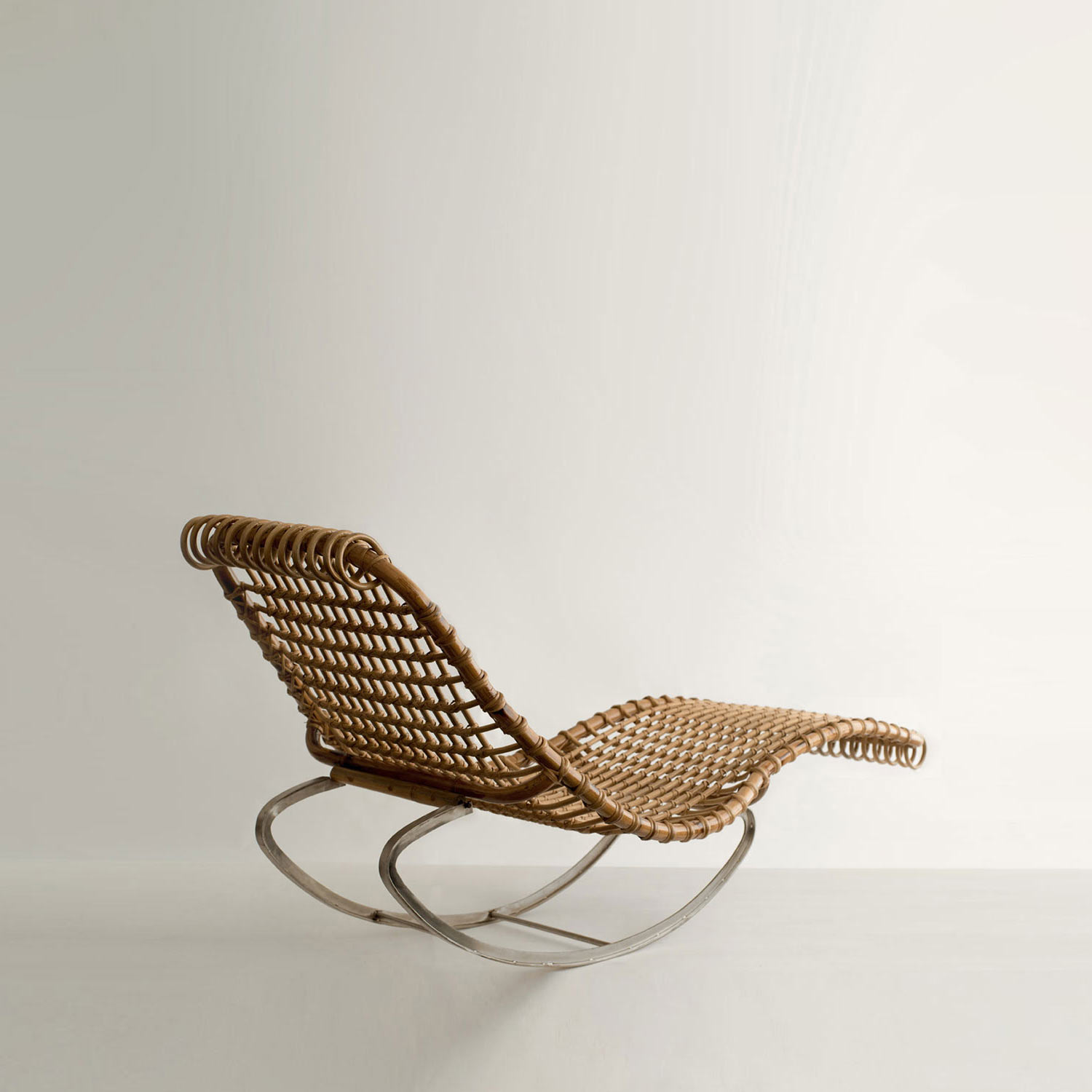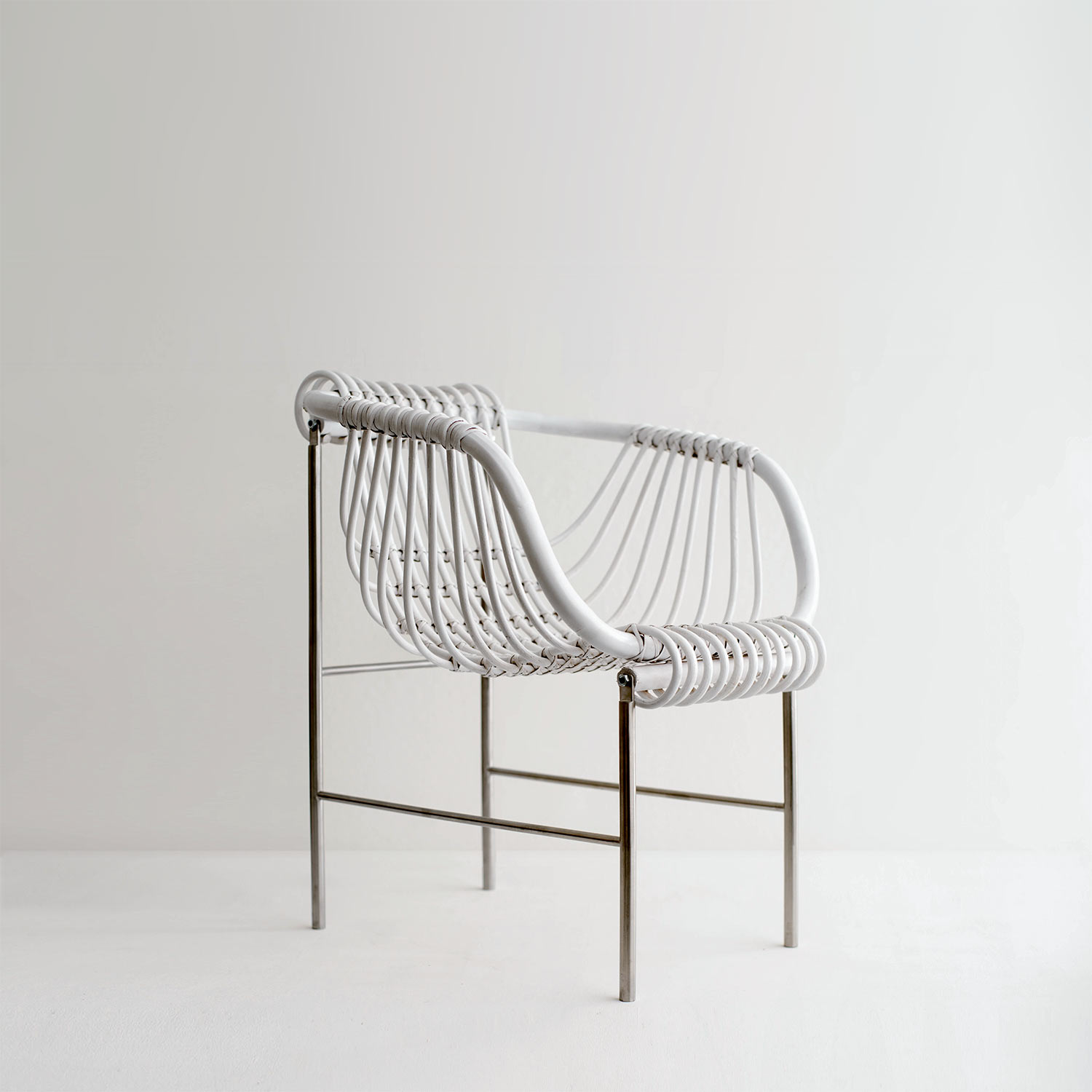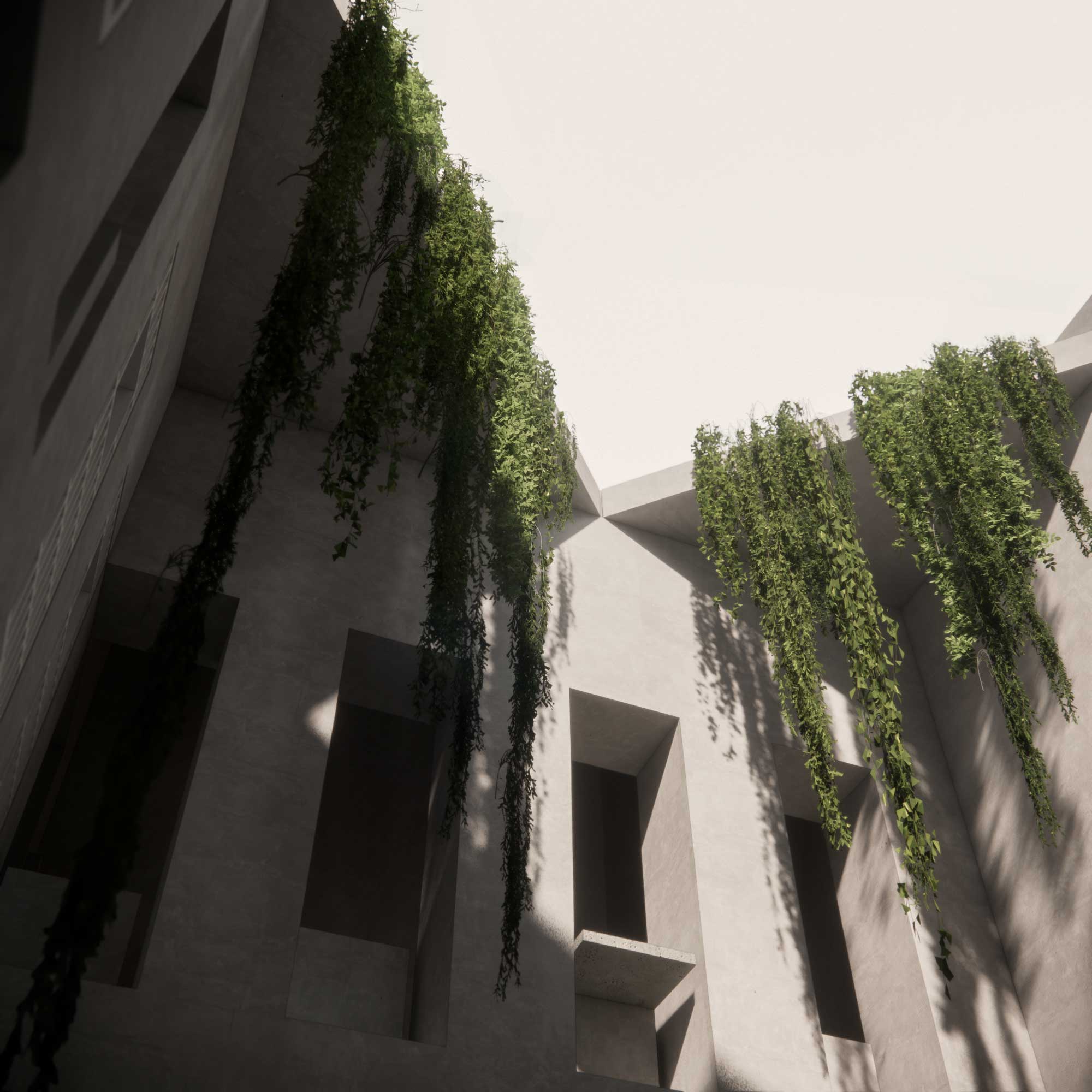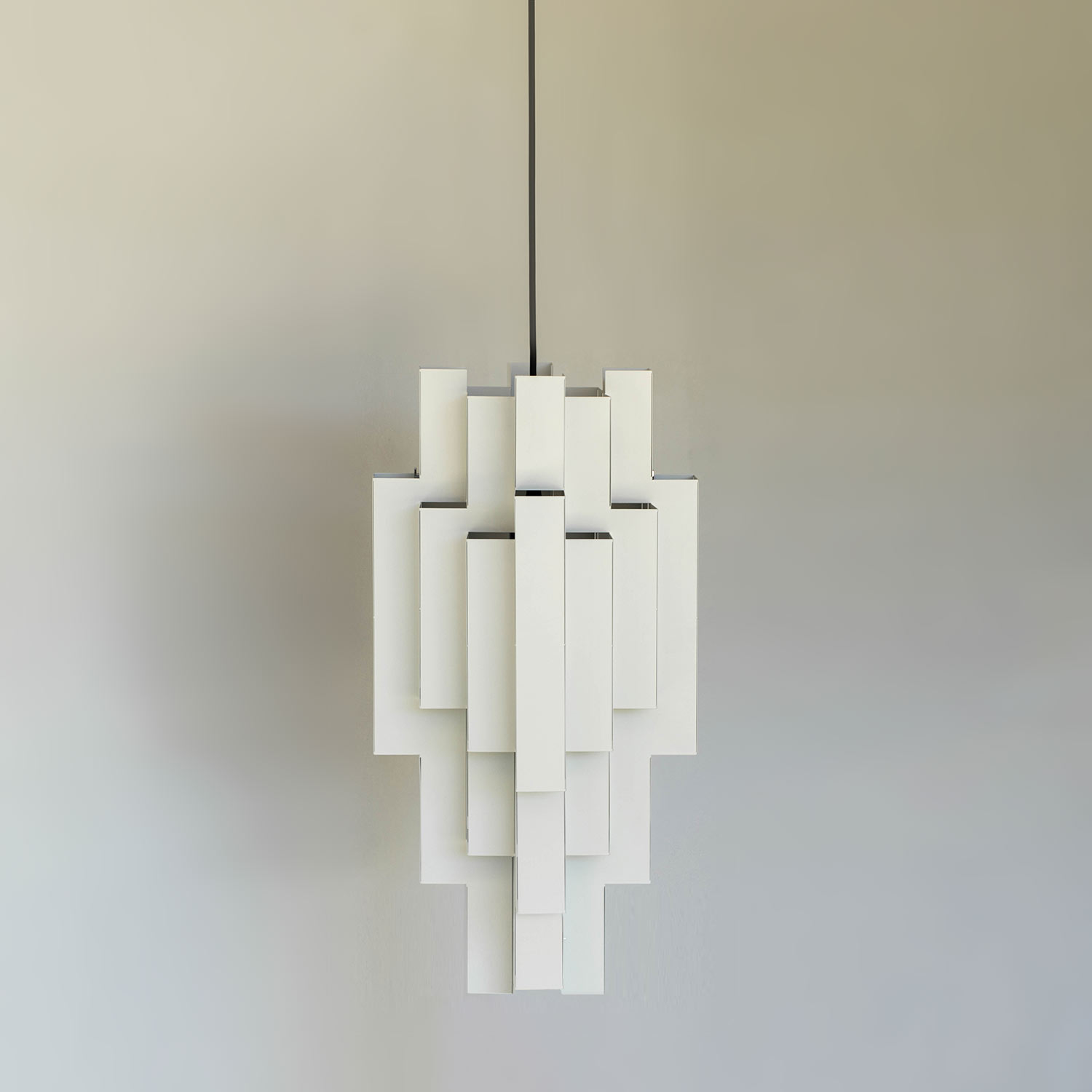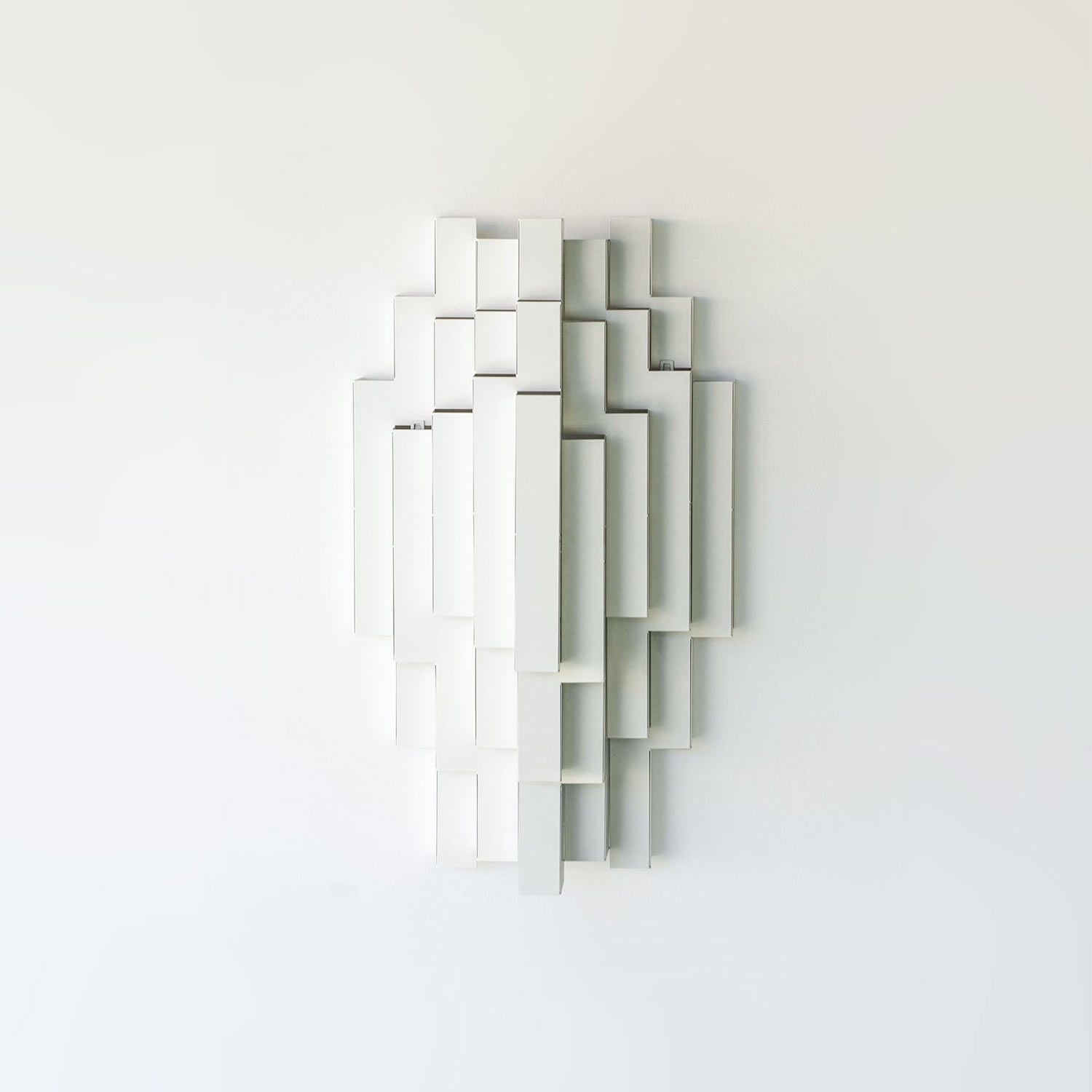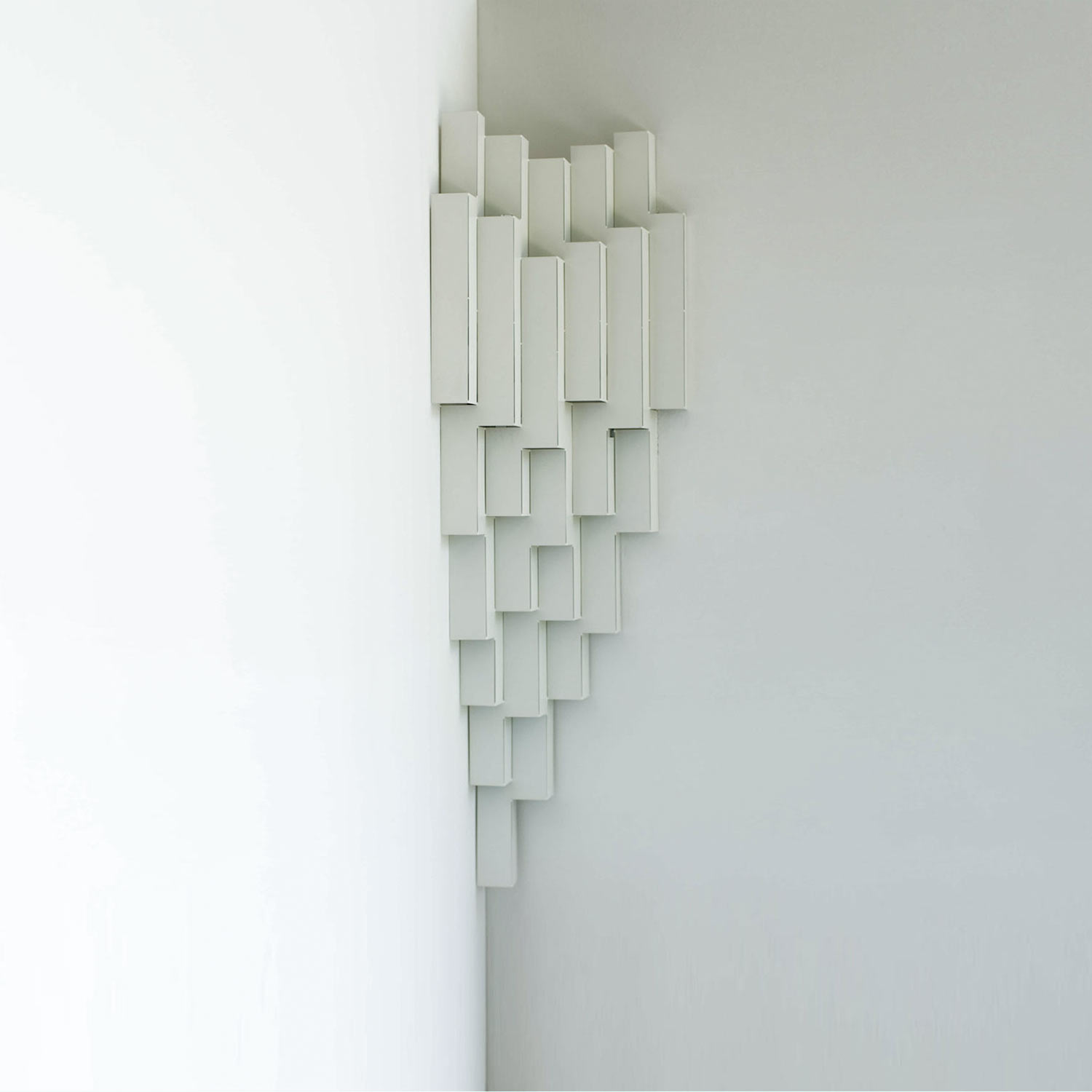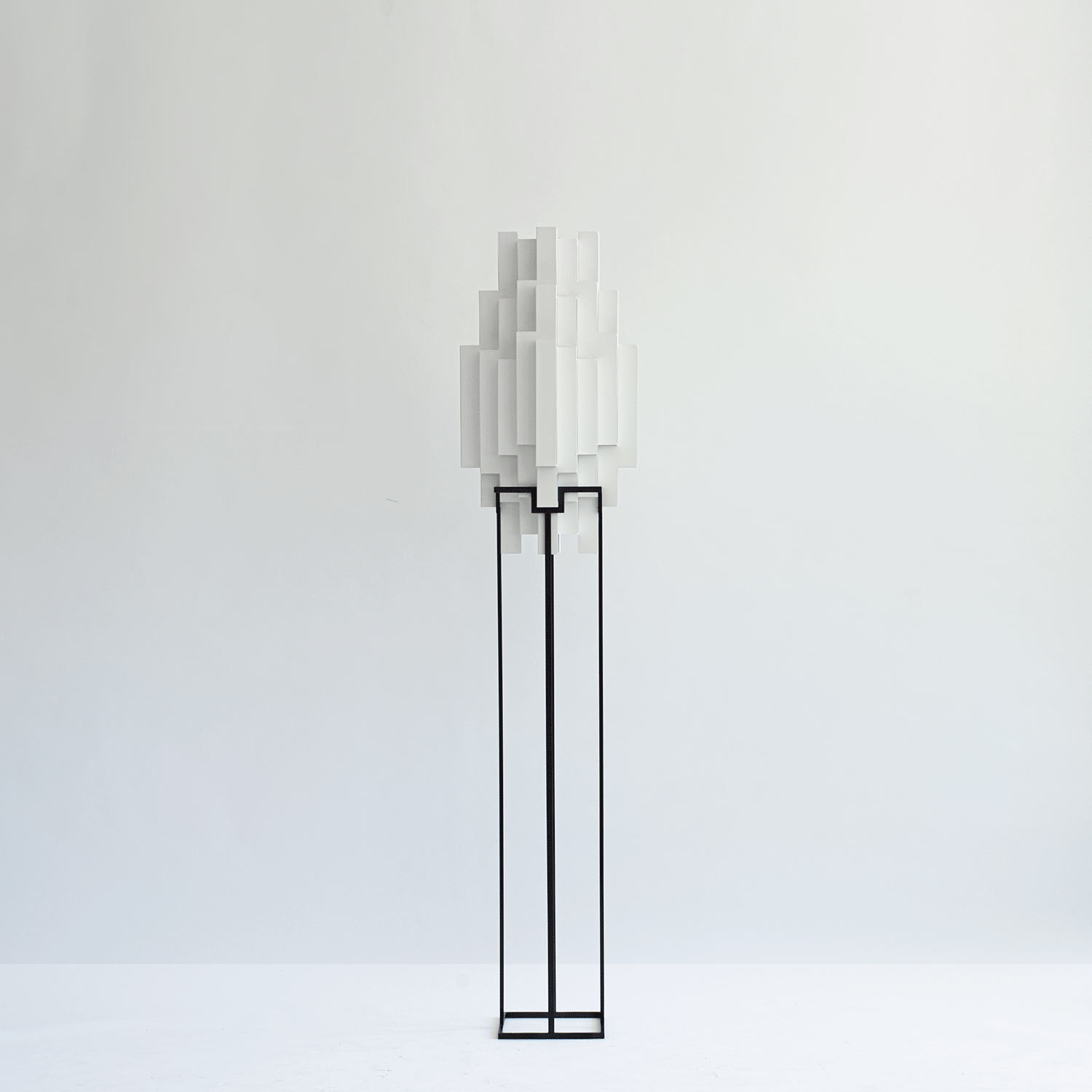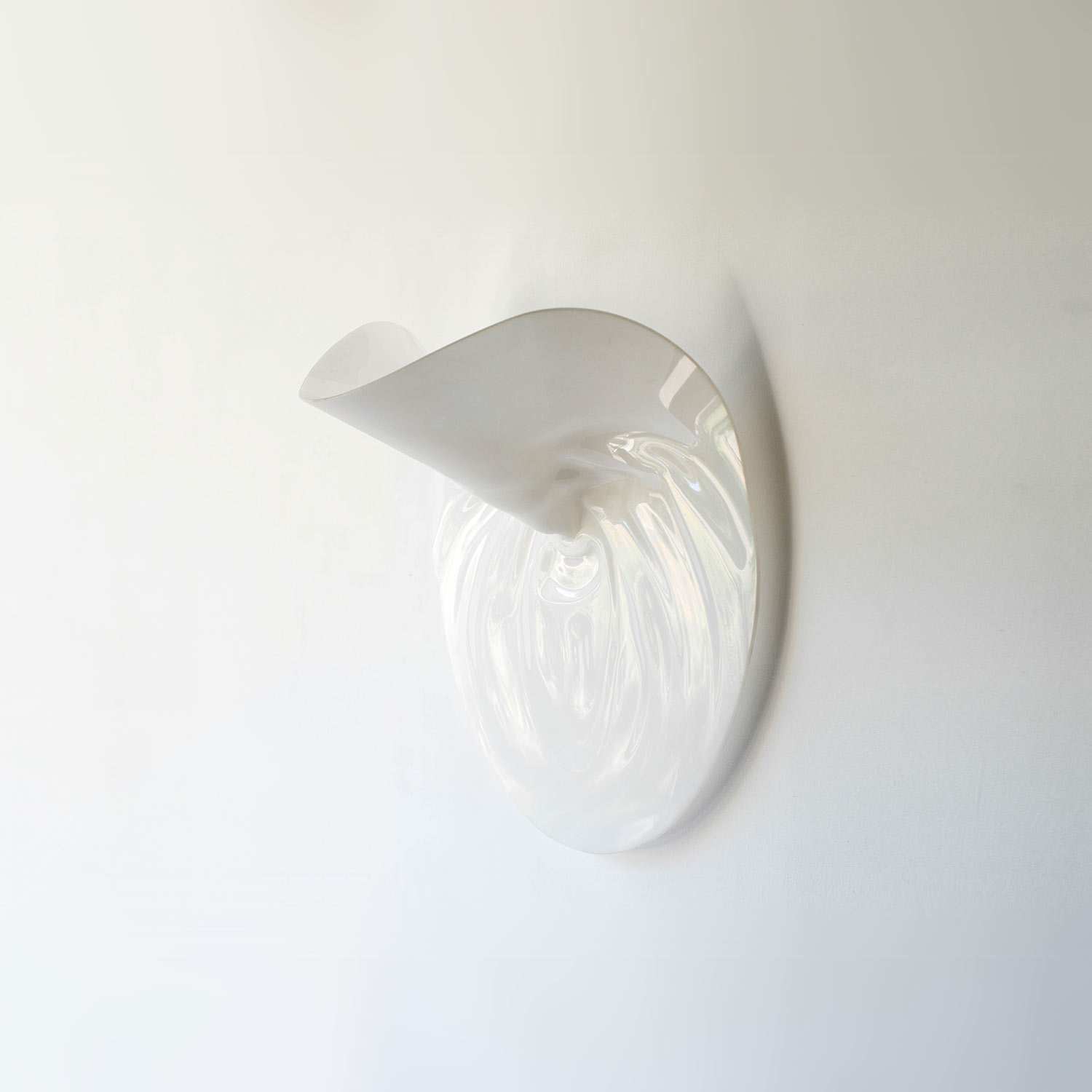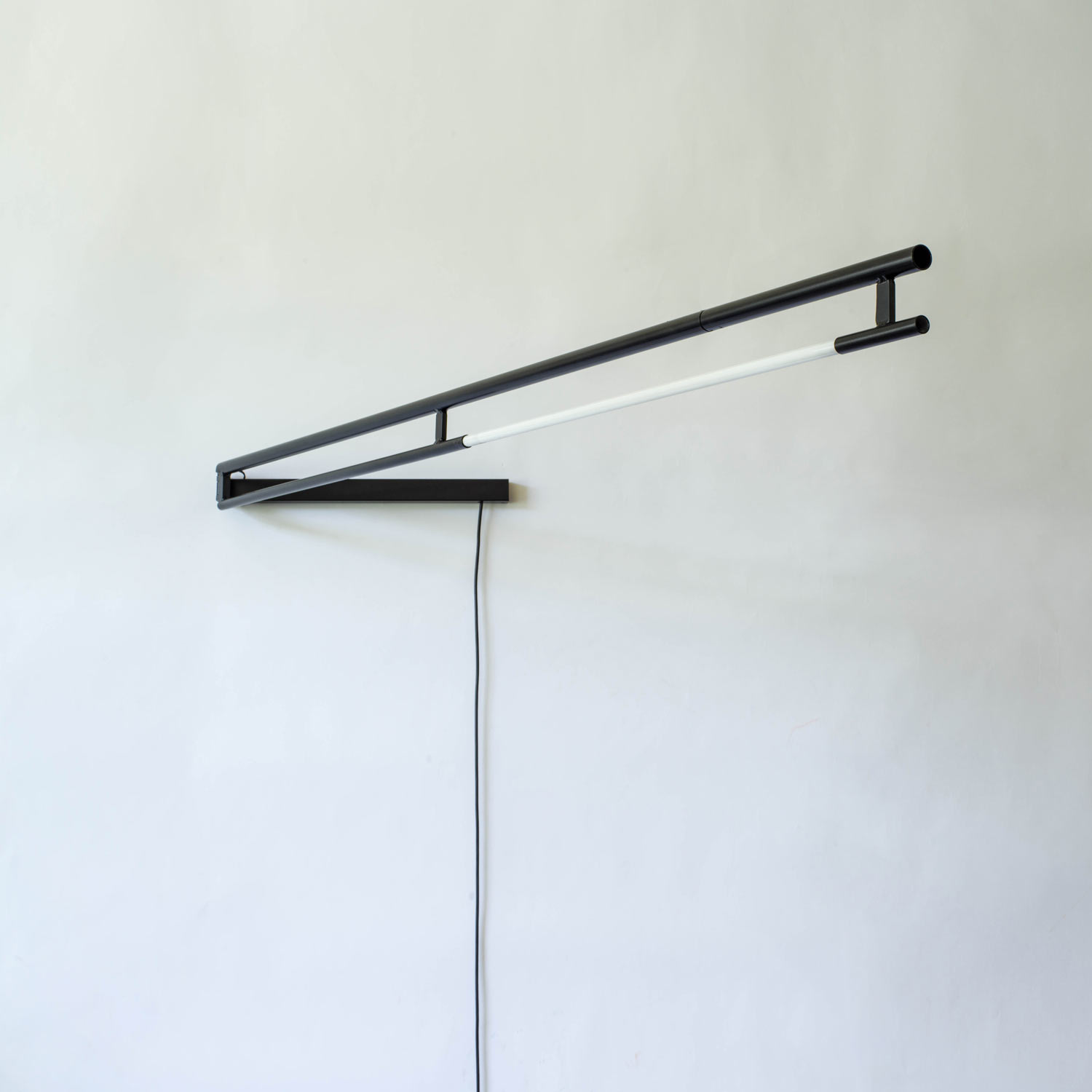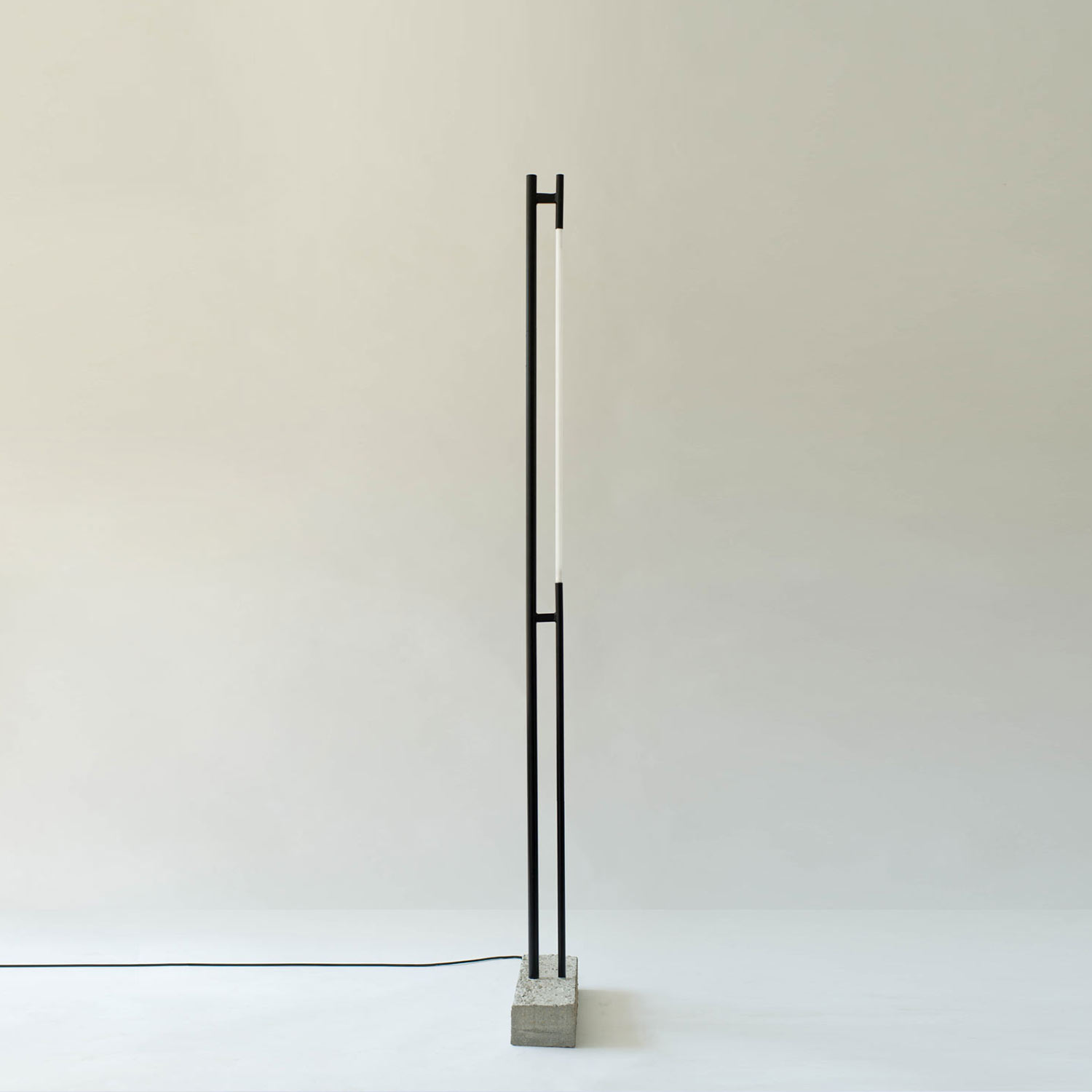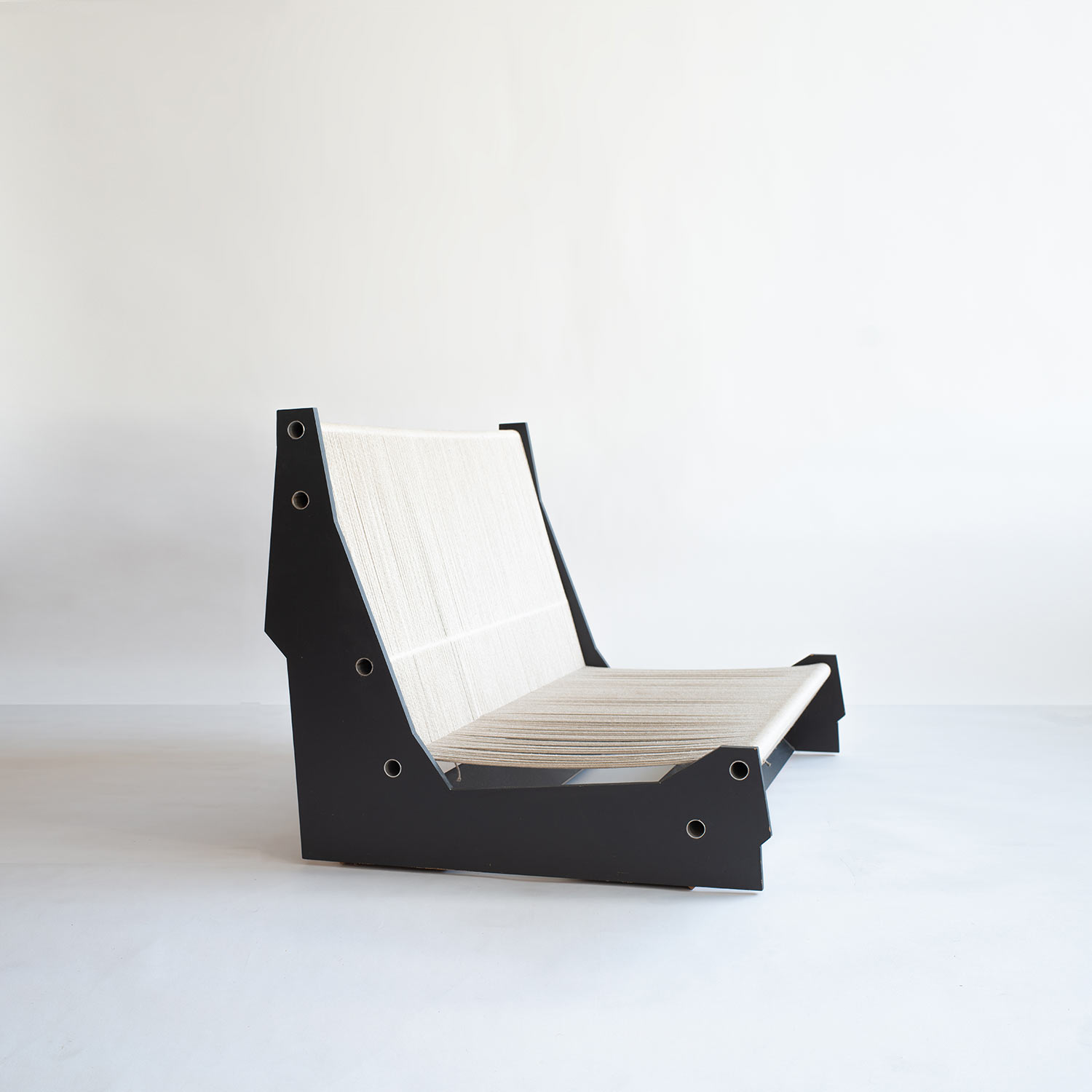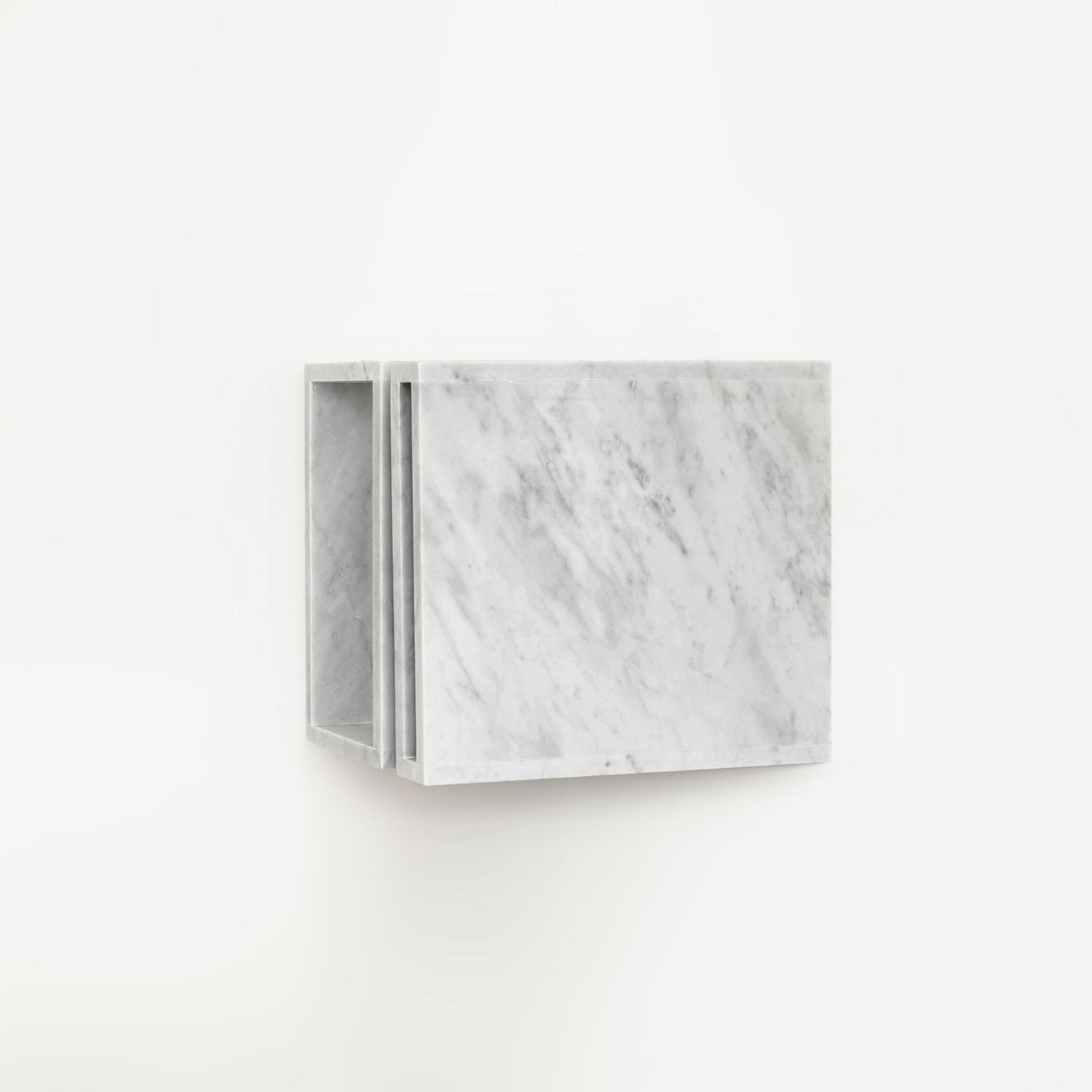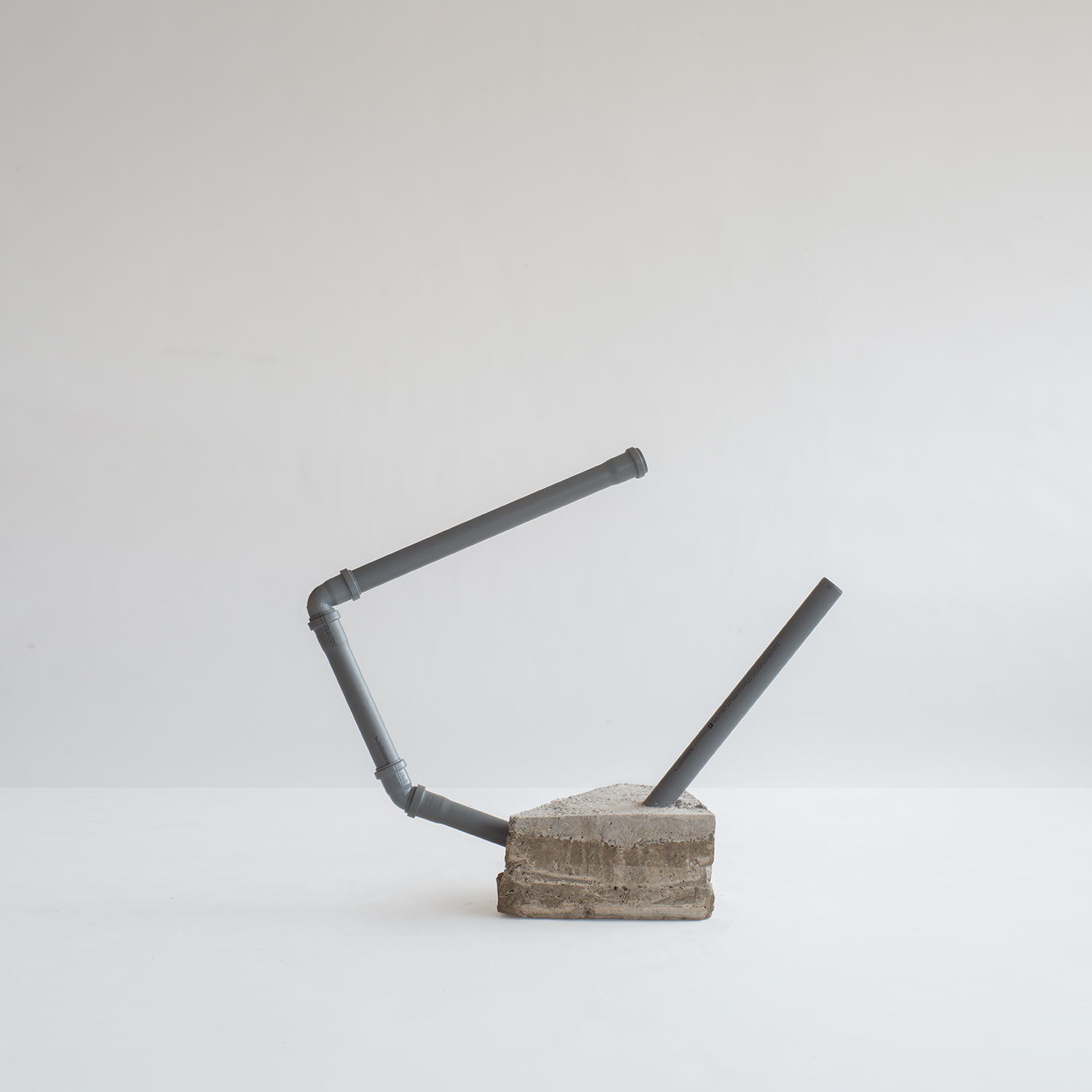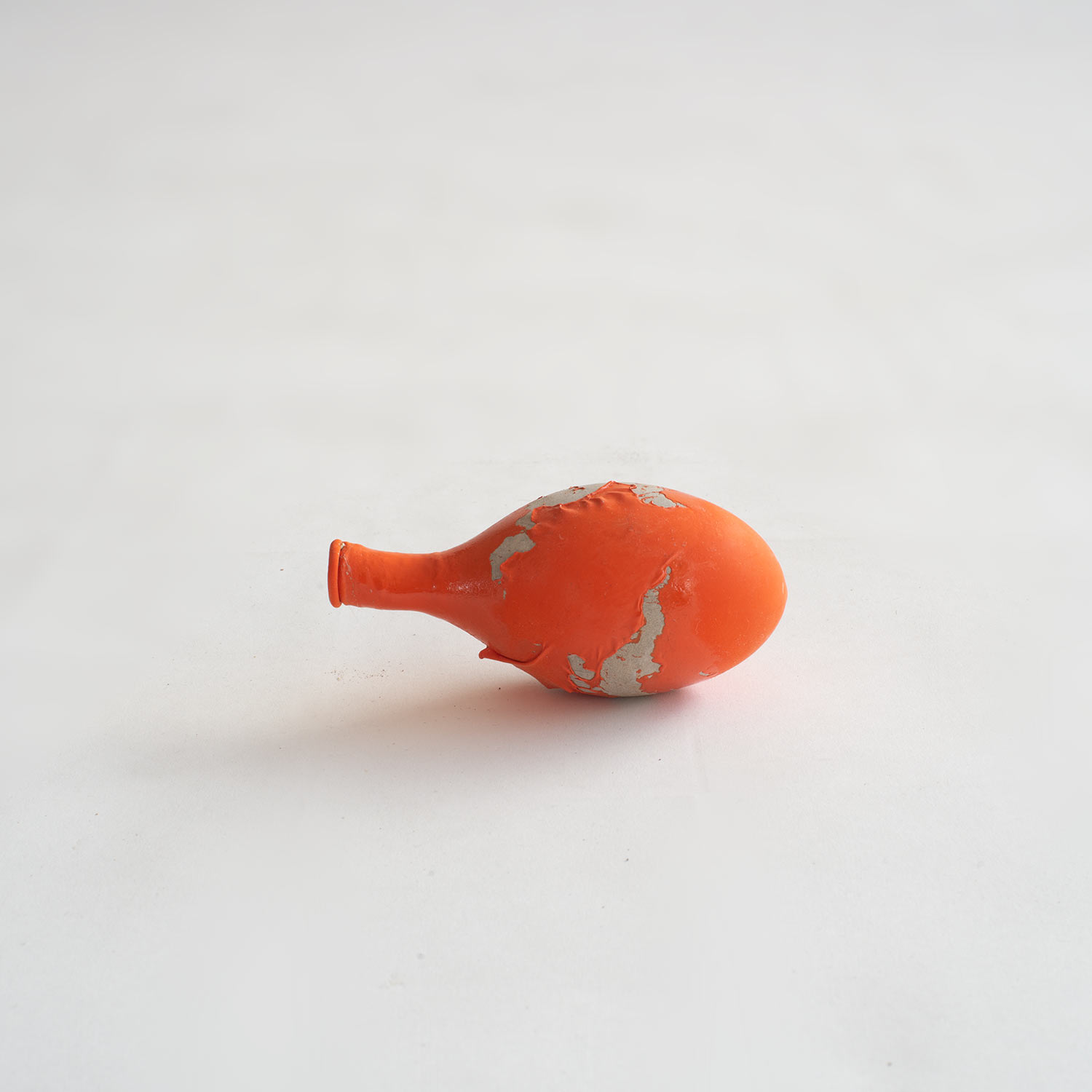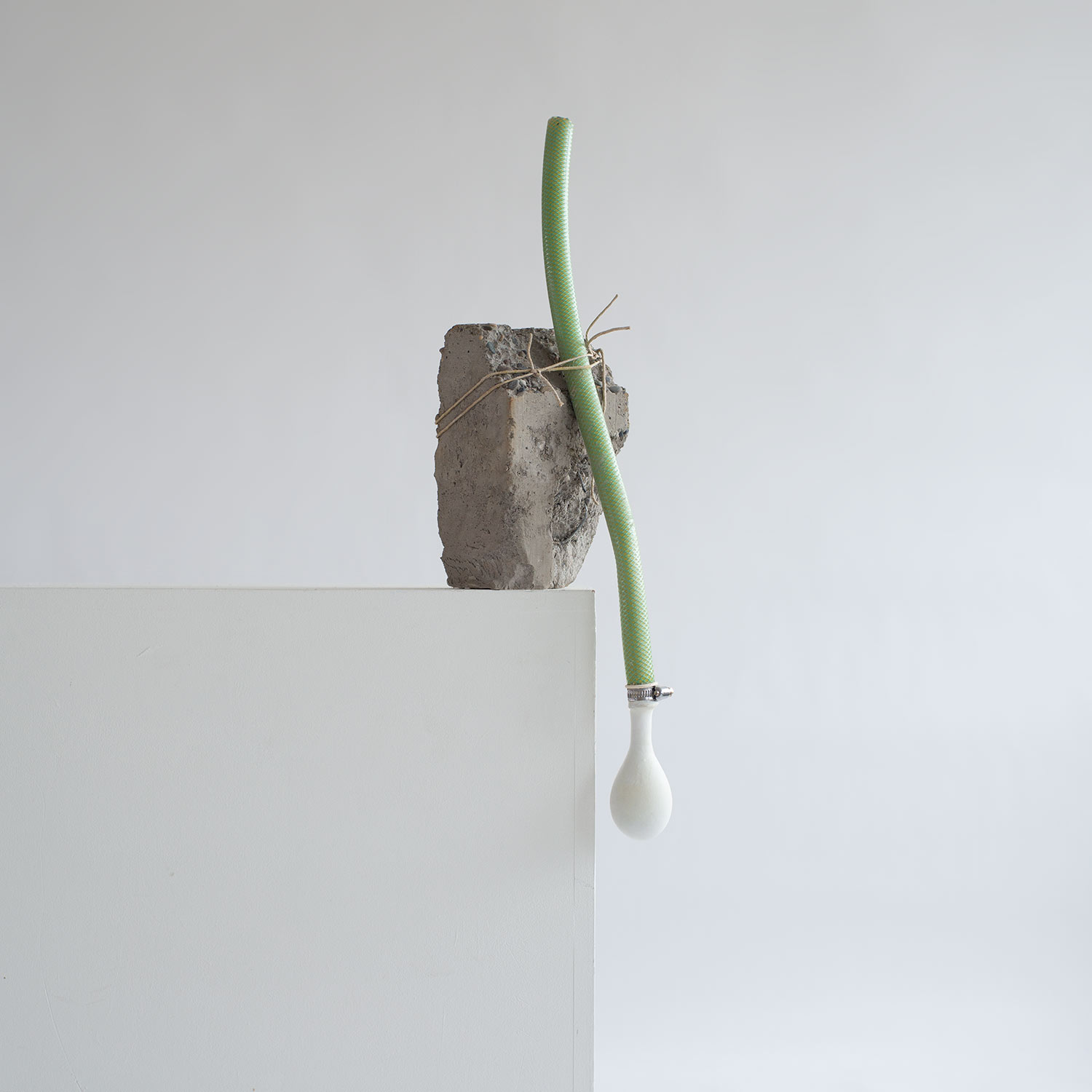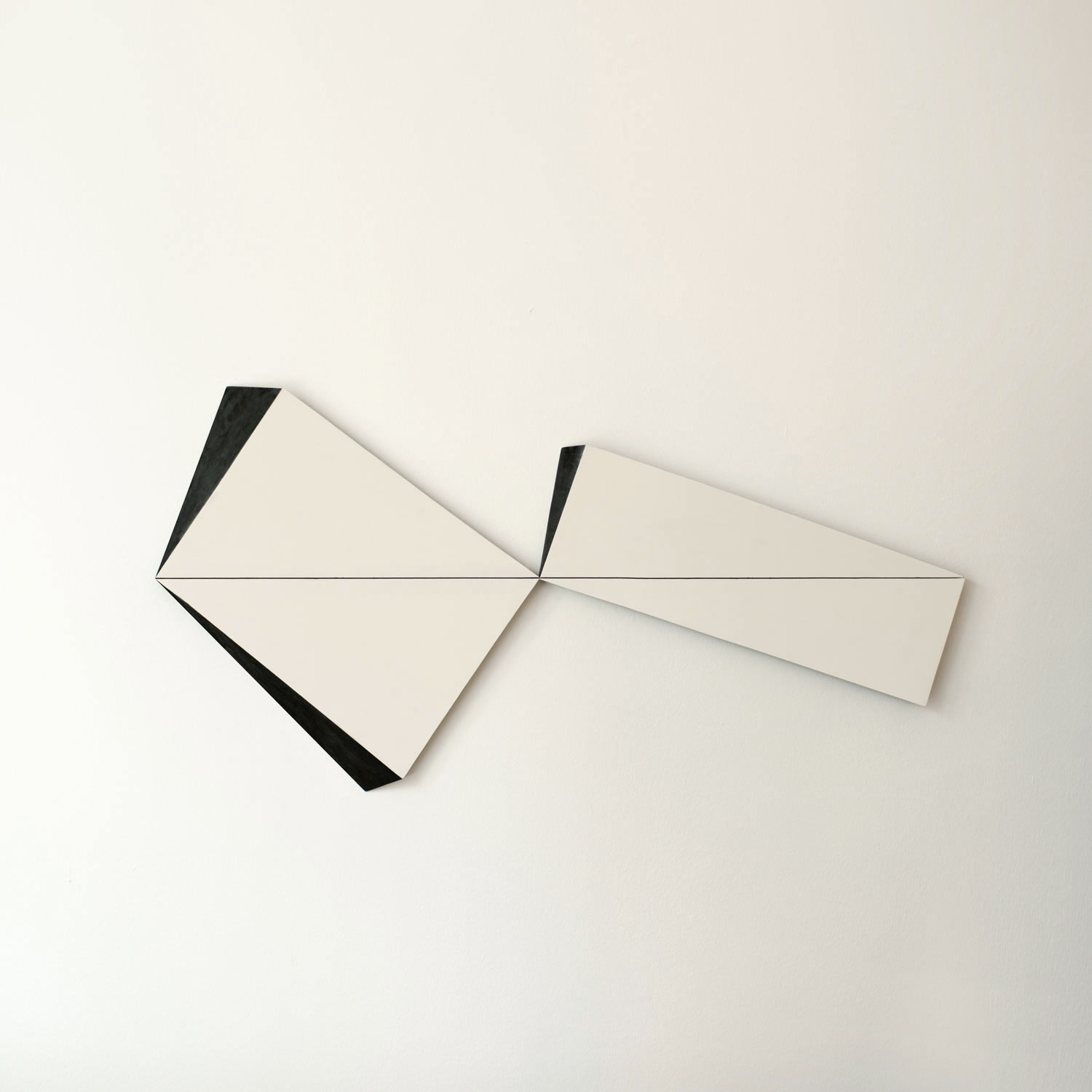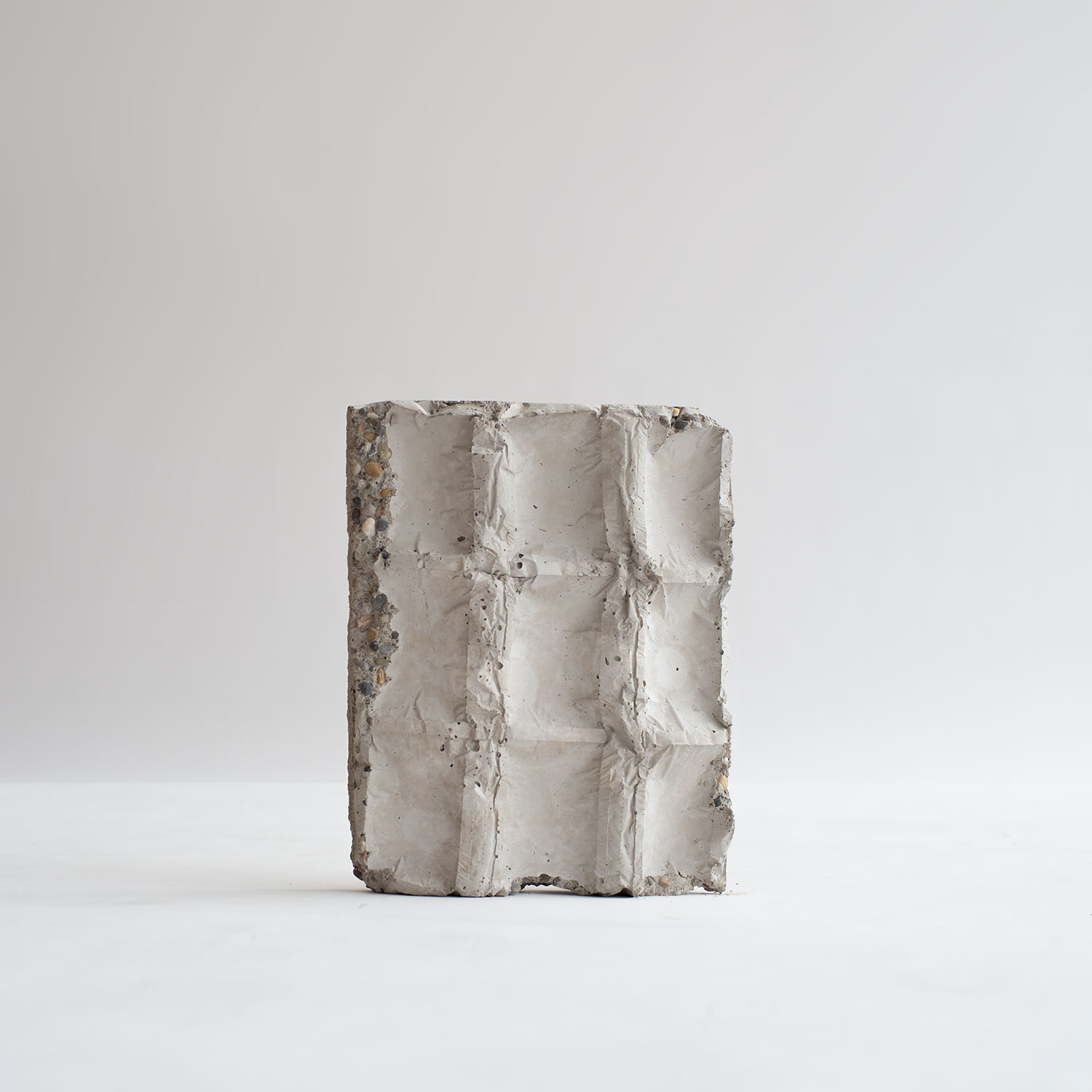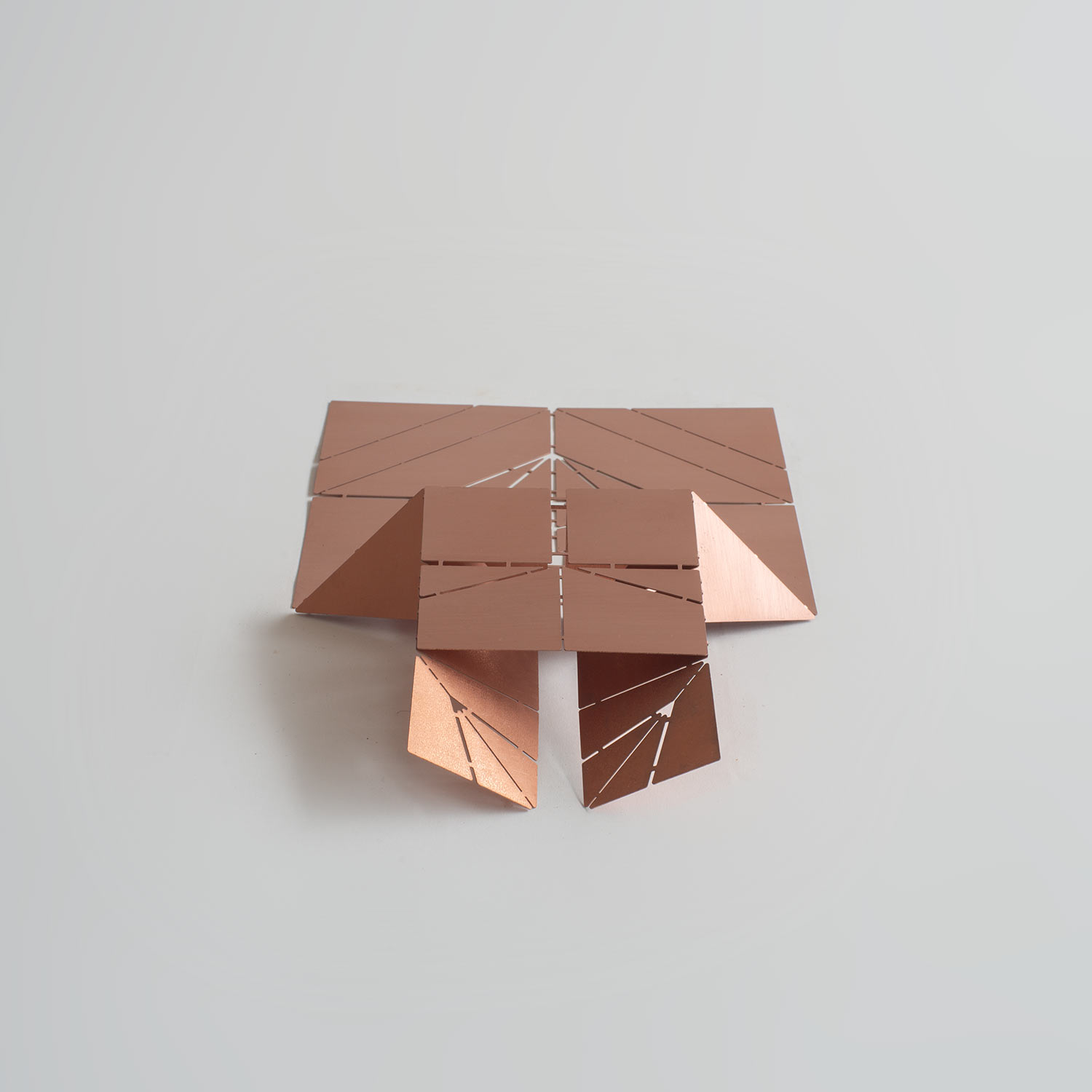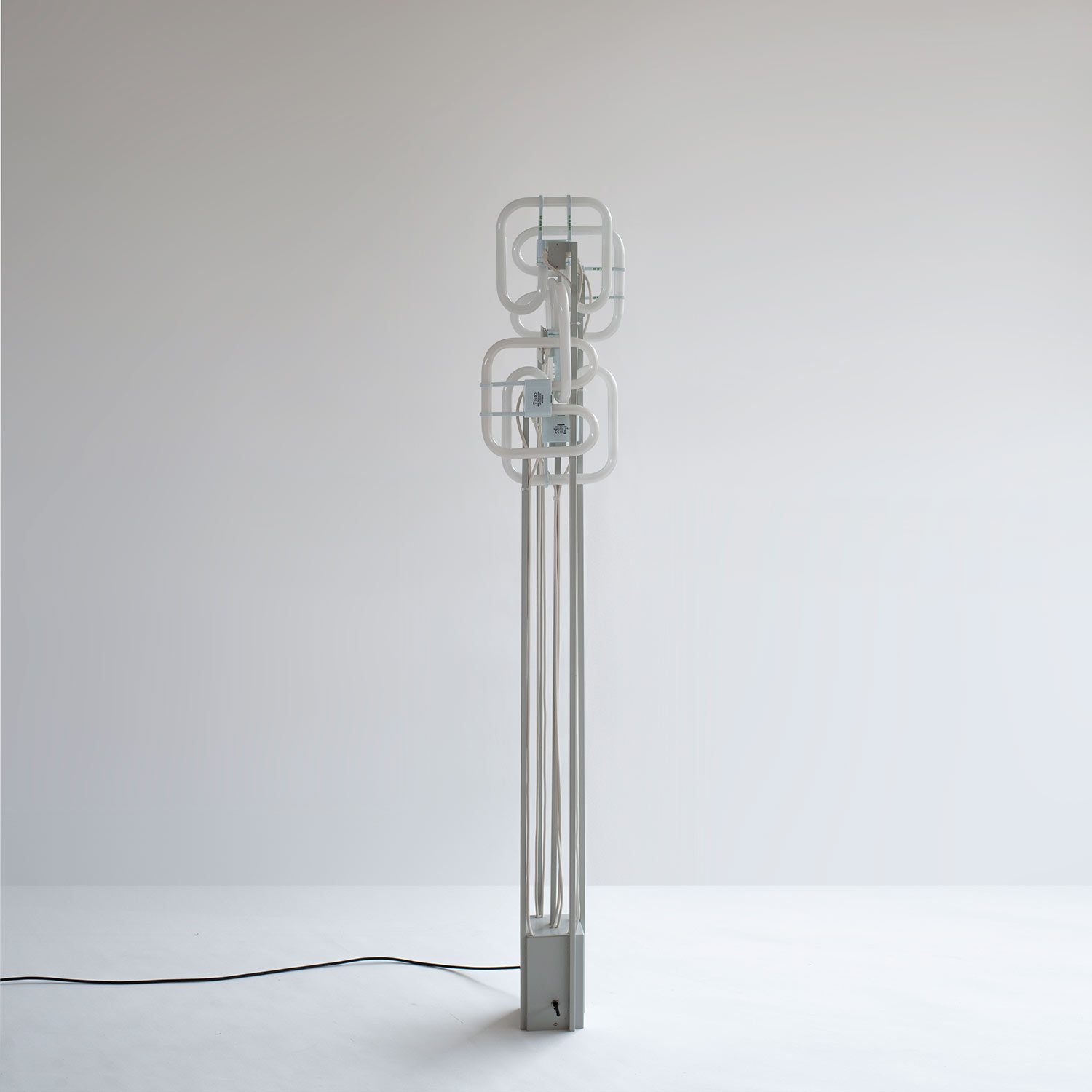Strala furniture design
The furniture design of Strala is brachial and pure. An idea is not an accident it is a process. What people believe is pure intuition is actually a series of steps that can be described, thought and repeated. Like Sherlockholmes, Tom Strala chases the trail of an idea, but not to catch it or even to do it, no, to breathe life. As he says; Ideas are most beautiful when they live! With an almost scientific meticulousness, Strala analyzes the properties of materials, examines the history of art history, and examines any influences on their possible applicability in their own artistic work.
Strala Design furniture:

Brachial and pure
He continues to develop and create new furniture design. The result is timeless in the appearance precise in the processing and attractive in the shaping. This gives Strala the proof that meticulous work can lead to modern solutions. Although their products are exclusive and incredibly sexy, they still remain an insider tip, because they can not be bought anywhere.
Archaic through technology
Archaic and technology. The Founding Fathers of Art and Crafts John Ruskin and his students William Morris created the prerequisite for modern furniture design with reduced forms, high-quality materials and economical manufacturing processes. Their design ideals related to the Middle Ages, solid craftsmanship they saw as a bulwark against the emerging “soulless” industrial production. In contrast, Tom Strala pursues no intentions no system no direction no program no style no concern. And yet Tom Strala shows himself above all as one who constantly thinks about the conditions under which today an art production takes place.
Strala furniture
The Strala furniture is rural. With an almost scientific meticulousness, he analyzes the properties of materials, examines the history of art history, and examines all influences on their possible applicability in their own artistic work. He continues to develop and create new things. So it is now similarly complicated to cut a precise cut into a 10mm thick steel plate, like folding a sheet of paper by hand. This fact allows Strala to influence his work, connect it, and develop new possibilities. “I am convinced that the spark of a freshly acquired insight leaps to the viewer. I think it is meaningless whether the idea already exists in the world or not. The important thing is the autopoetic moment. “The outstanding performance of Strala is the fact that he is able to withstand the principle of opposites from the big form to the smallest detail and thus offers a design instrument that leads to a distinctive, innovative design.
Origami and modernity
Initially, the idea was to fold a light body of metal. The trigger was the fascination for traditional origami art. That was long ago. The folding of paper models, experimentation and welding – to perfection – took three years. “The realization of the idea was not always easy, but the complexity of the folding system challenged me and drove me at the same time,” says Tom Strala, the father of the new lighting series. The qualified architect ETH has always been in touch with lighting and lighting. He learned the basics of his work at two Swiss lighting companies and at the Sony Studios in L.A., where he worked as a stage designer for a cinema film. In its luminaire series, which he manufactures and distributes under the Strala label, the architectural moment is striking.
furniture
The design furniture and fixtures appear as multi-layered space bodies, as mini-architecture, which connect with the environment. And thanks to the folding technology, the lamps give off the light in a fascinating way. “On the one hand, the folding design acts as an anti-glare device, on the other hand the light is bundled,” explains Tom Strala. The product family now comprises five models, which Strala manufactures and distributes in small series. Strala never had any ambitions for a mass production with a lighting manufacturer. “I did not want to compromise, as is often the case in architecture, but I wanted this object to retain its pure character,” Strala explains.
Furniture design
Thus, the furniture design produces his lamps, which are sold between 700 and 2200 francs, even in small series. Whether the pleasures of wrinkling will lead him to further objects in origami technology, Schmid denies: “I do not want to be nailed on the folds. I was interested in these lights the trick behind, and I know now. For me, the Gen
Iality in the process of thinking and not copying »A learning process with beautiful design furniture, which by the way is at the gallery P! In Zurich from the 19th to the 21st of November.
Sherlockholmes of design
It was the time of relaxation in the design scene. One could visibly browse visions of which it swarmed in every month’s issue. It has been written of a surprising dimension that allows a new insight into our existence between present and history, between heaven and earth. It was told of exciting contrasts, refinements or mystic light sculptures. Articles were published about the high-rise of sensual pleasures, over-built fantasies, or about mysterious elegance. – A lot of noise about nothing. – What has really emerged in recent years are cloned products with a 2% change. The design furniture of Strala, as in an inviolable oasis, stands as a result of this. Neither time, money nor heart blood is saved.
From the very beginning, experimentation has been essential for Tom Strala. In stark contrast to today's design, which increasingly defines itself as a consumer good, he expresses freedom through his objects. Creating, as an essential part of the process, restores a sense of immediacy that has largely been lost today. His objects are battlefields where desire, strength, fragility, banality, and monumentality collide.
- P! Galerie, 2014
ANIMAL FARM NO. 3, 2011-2015, Standing Lamp, Limited Edition: 25, Brass, h x w x l = 147 x 54 x 66 cm
ANIMAL FARM NO. 2, 2011-2015, Standing lamp, Limited Edition: 25, Brass, concrete, h x w x l = 194 x 61 x 50.5 cm
CALMARES 3, 2016, Standing lamp, Limited Edition: 400, Steel, concrete, h x w x l =157.5 x 58.5 x 58.5 cm
CALMARES 1, 2010, Ceiling Lamp, Limited Edition: 15, Aluminium, white coated, h x w x l = 86 x 150 x 150 cm
Bourgeoisie IV, 2022, Wall lamp, Limited Edition: 25, Concrete, drain pipes, h x w x l = 18 x 29 x 11 cm
Building block 1:
Building block 2:
Deconstruction experiments:
Duality:
ROCKING SEEFELDER, 2011-2013, Rocking Chair, Limited Edition: Cult object, Nature rattan, chromsteel, h x w x l = 78 x 62 x 80 cm
LAZY SEEFELDER, 2013, Chaise longue, Limited Edition: Cult object, Nature rattan, chromsteel, h x w x l = 74 x 65 x 173 cm
Dummy Category
Material Experiment 1:
TMS 180, 2001-2004, Wall lamp, Limited Edition: 125, Chromsteel, white coated, h x w x l = 64 x 35 x 17.5 cm
TMS 90, 2001-2004, Edge lamp, Limited Edition: 125, Chromsteel, white coated, h x w x l = 82.5 x 33 x 16.5 cm
Material Experiment 2:
Raw piece 2:
Sculpture 1:
Sculpture 4:
Sculpture 6:
Sculpture 8:

